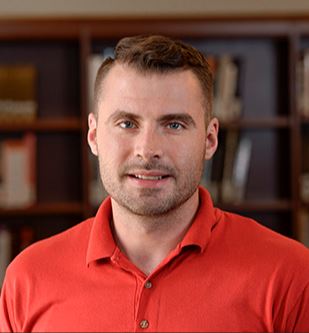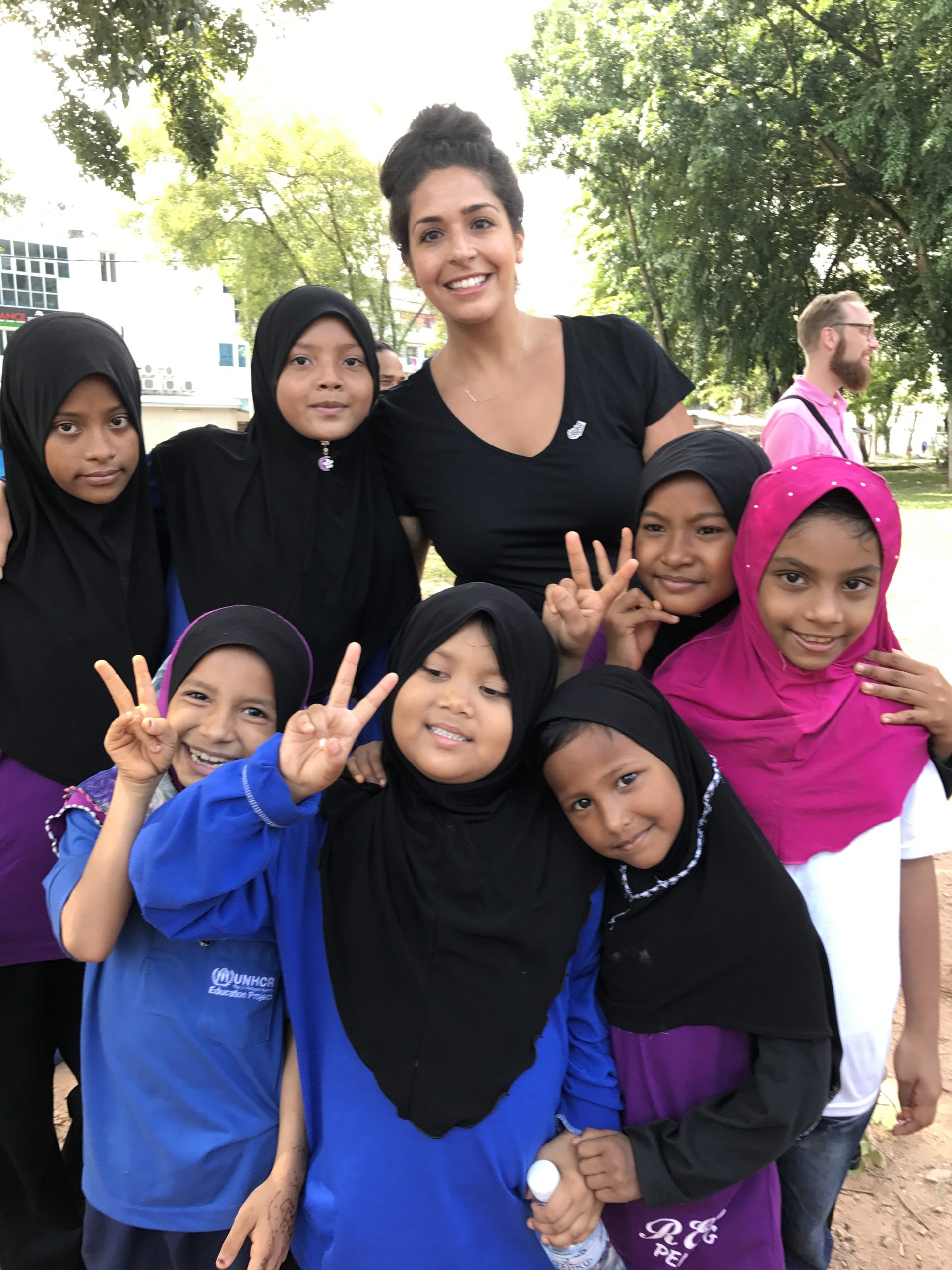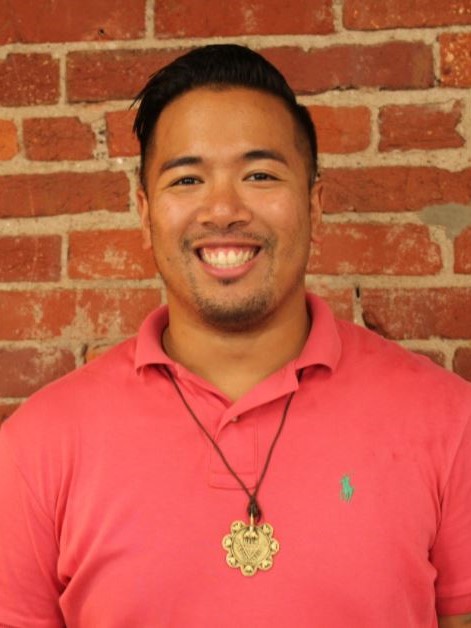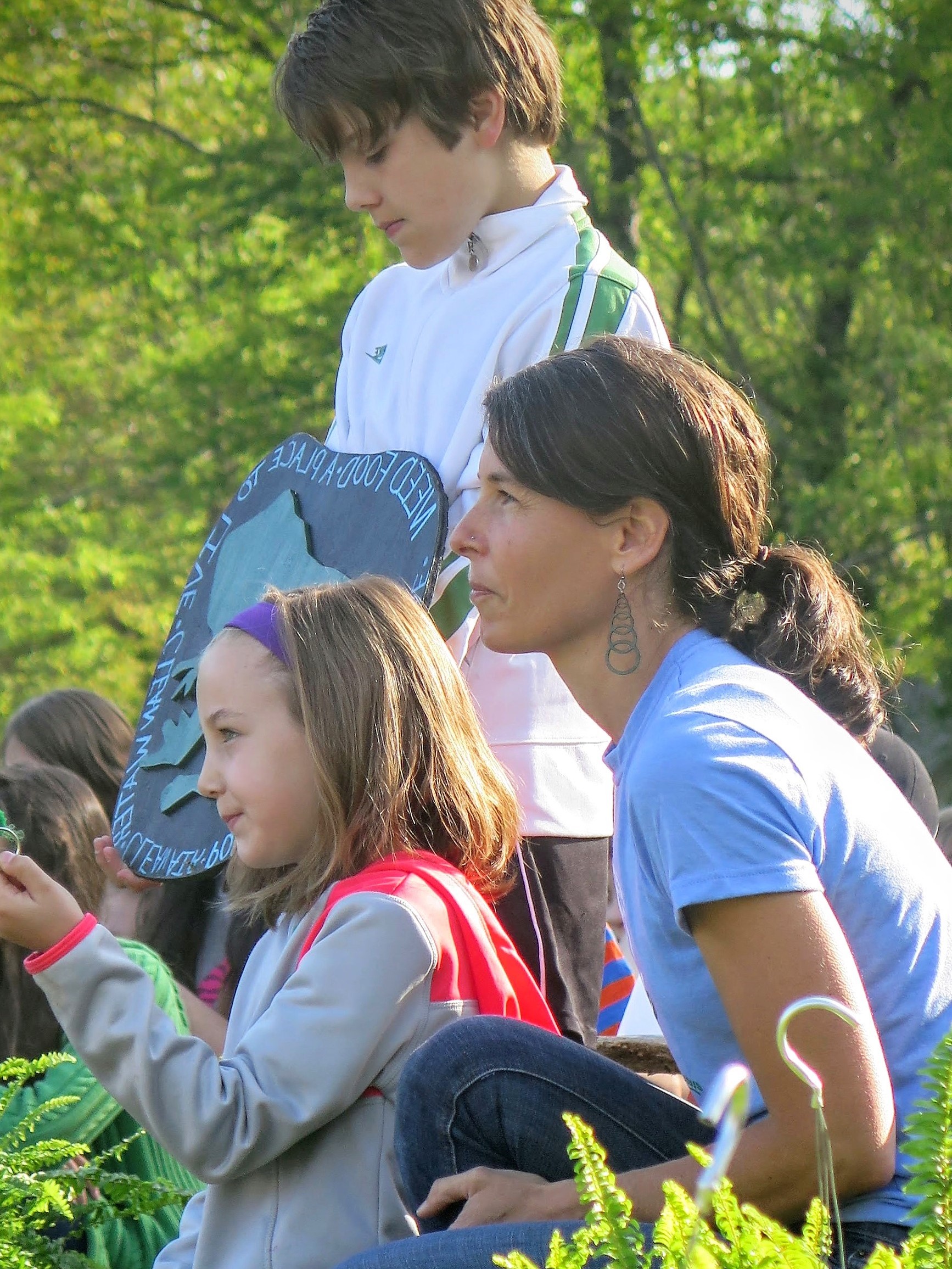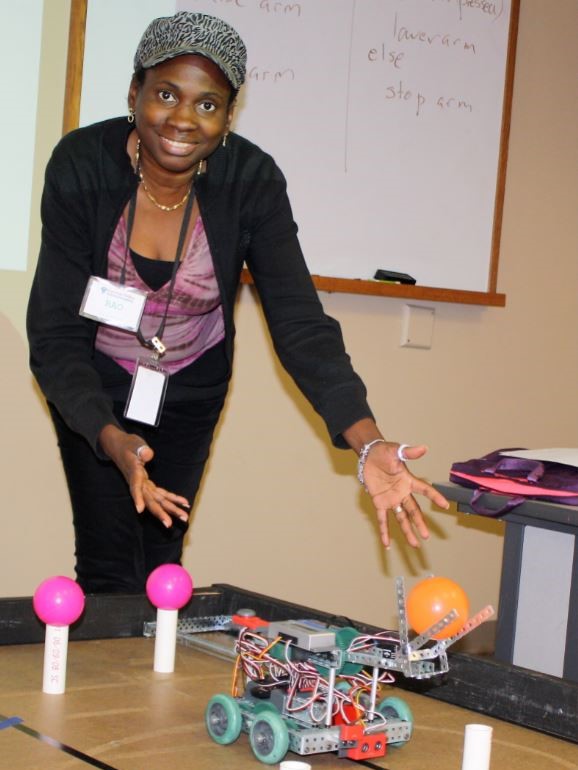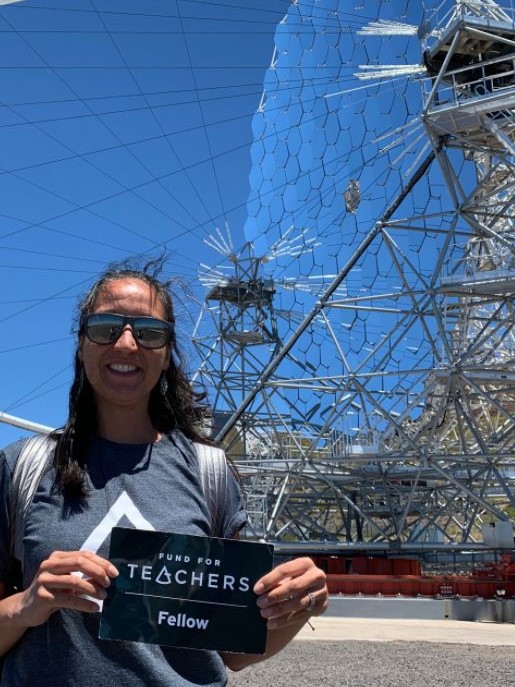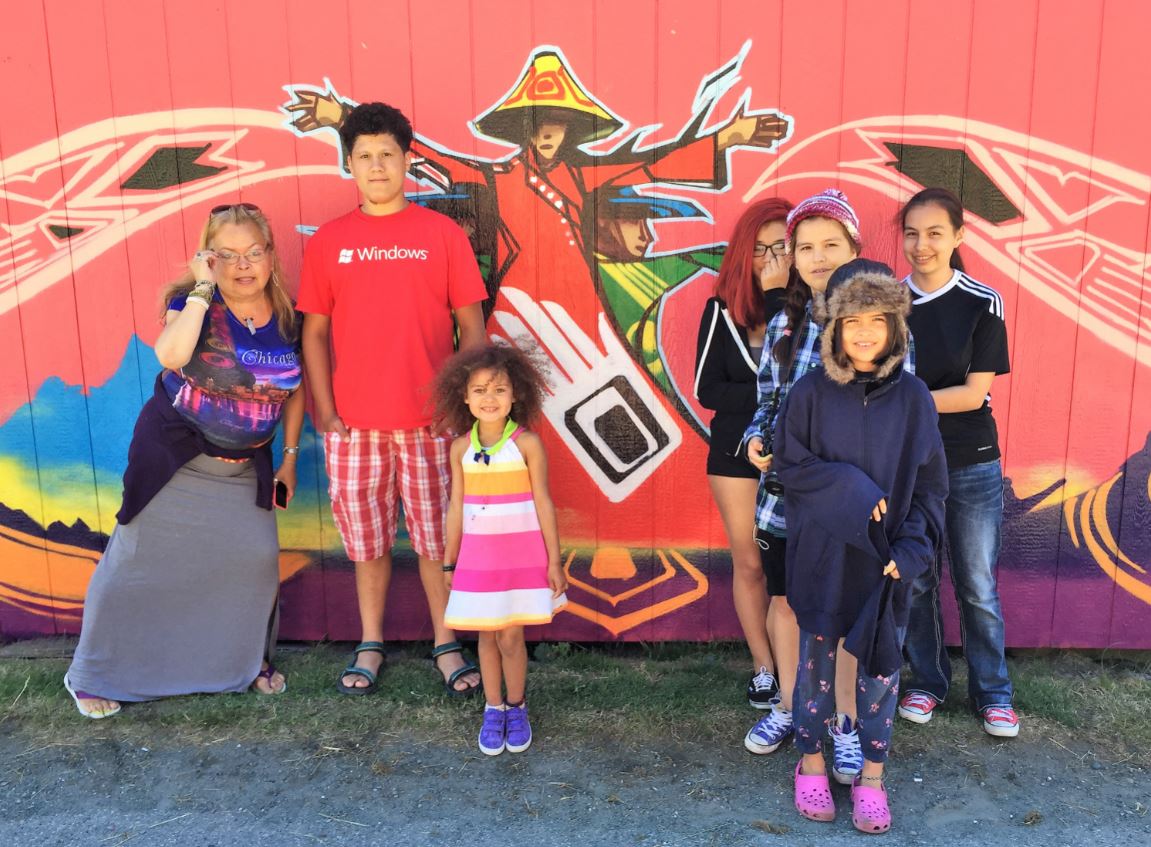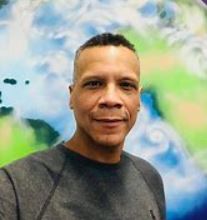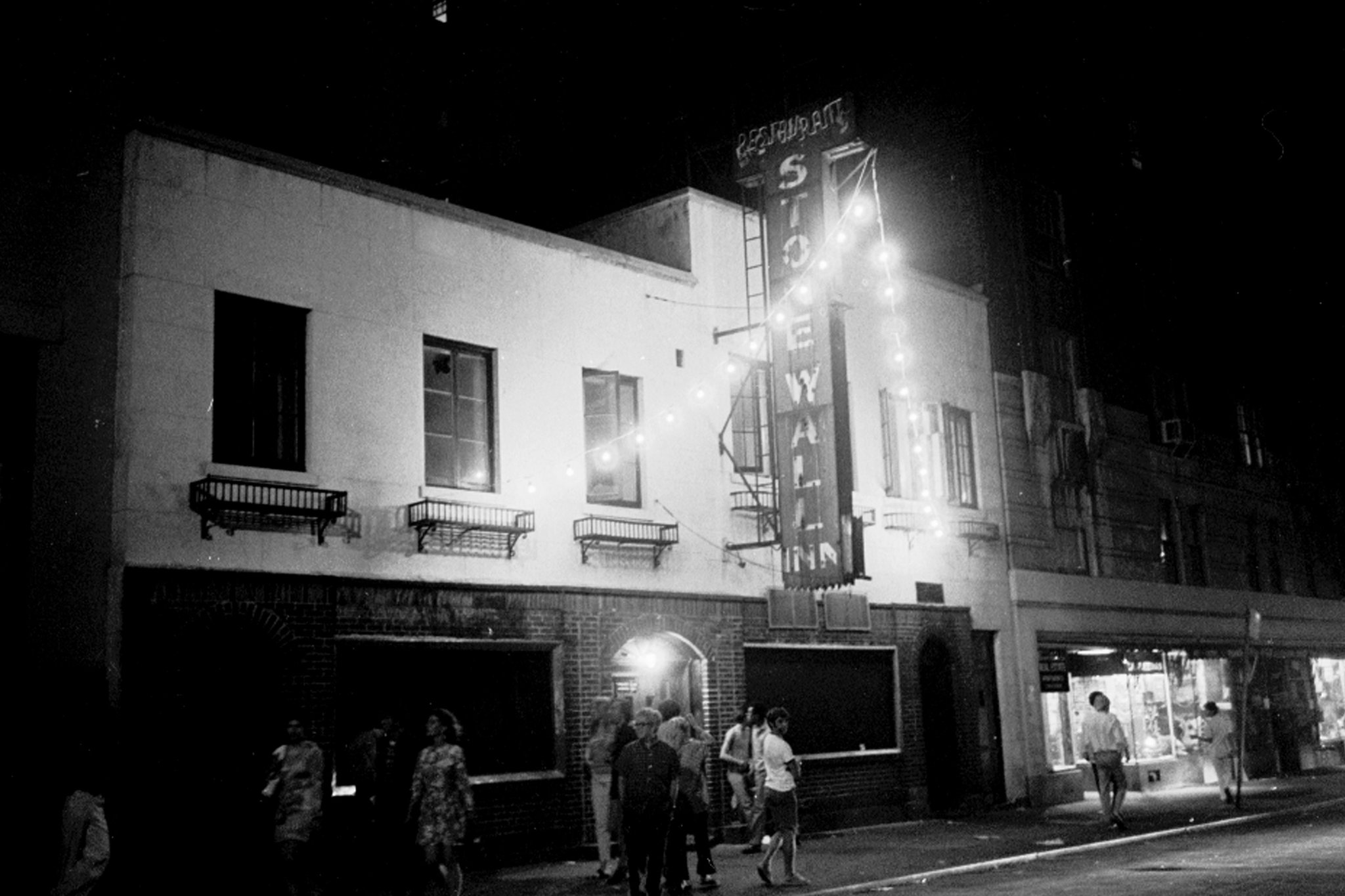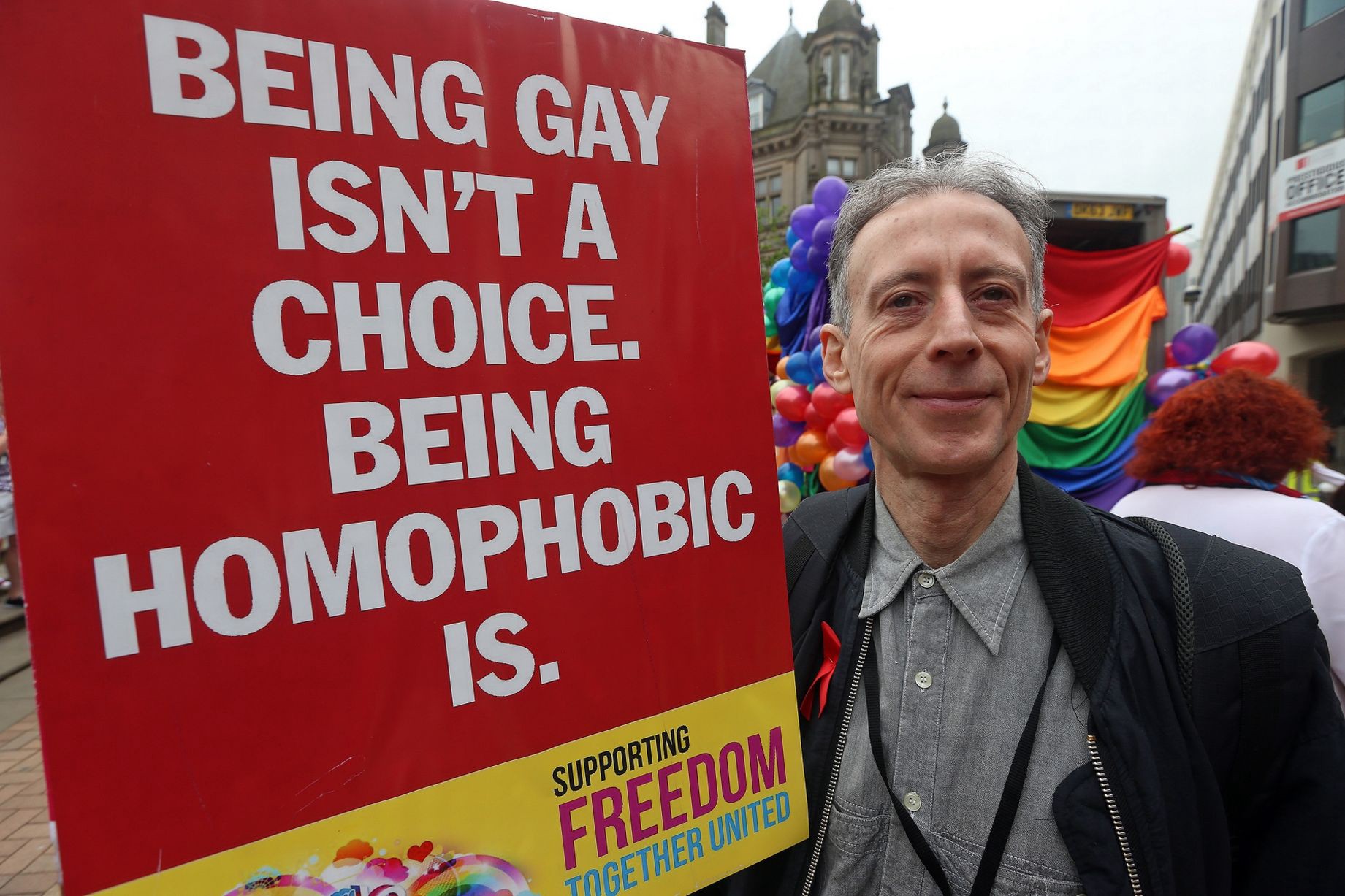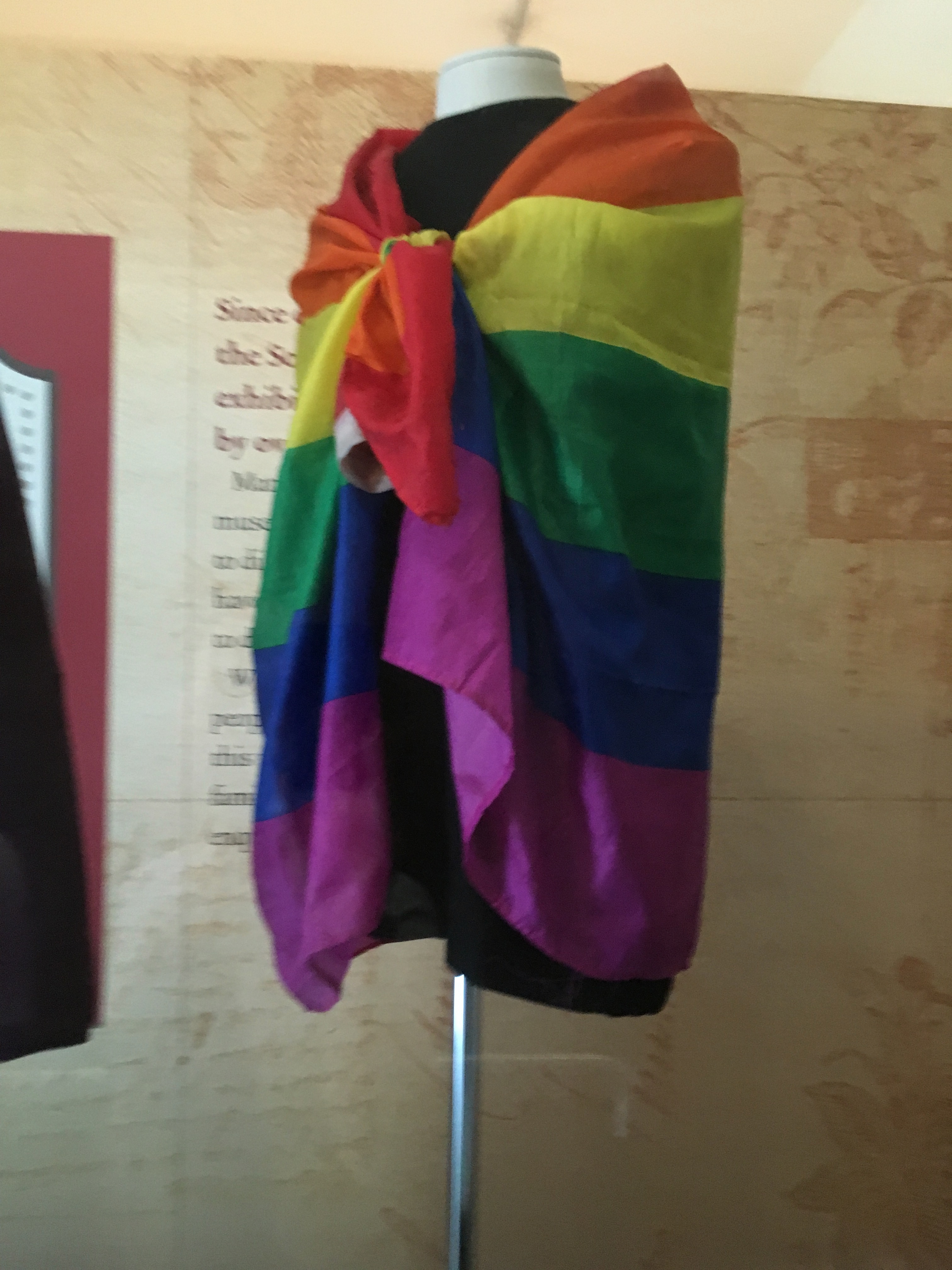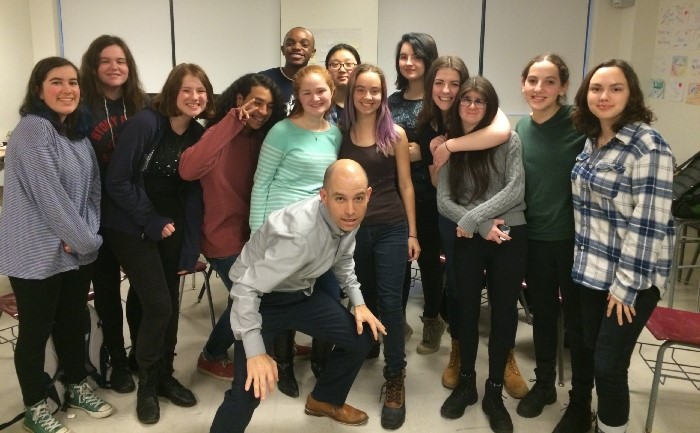The inspiration behind Fund for Teachers fellowships are as diverse as our Fellows; however, only one (that we know of) stemmed from a subway attack. In November 2021, four Asian-American students were attacked because of their ethnicity by four Black teenagers. Alarmed by subsequent increasing racial tensions at Central High School, members of the school’s Asian Pacific Islander Union (APIU) collaborated with Black peers to brainstorm about ways to unite and support each other.
One result was the re-institution of an Asian American history course Ken taught 15 years ago, previously cancelled due to budget cuts.
“I feel that my strength as a teacher lies in my ability to work with students to create spaces where they can learn about issues that are important to them and develop solutions to problems they are currently facing,” said Ken. “My aspiration is to continue refining the course in a way that meets the needs and interests of my students. With this in mind, I designed a fellowship to better understand how the history of Asian Americans is interconnected with that of other BIPOC (Black, Indigenous, and People of Color) communities – specifically, how my students can reflect on how these interconnected histories have shaped Asian American culture.”
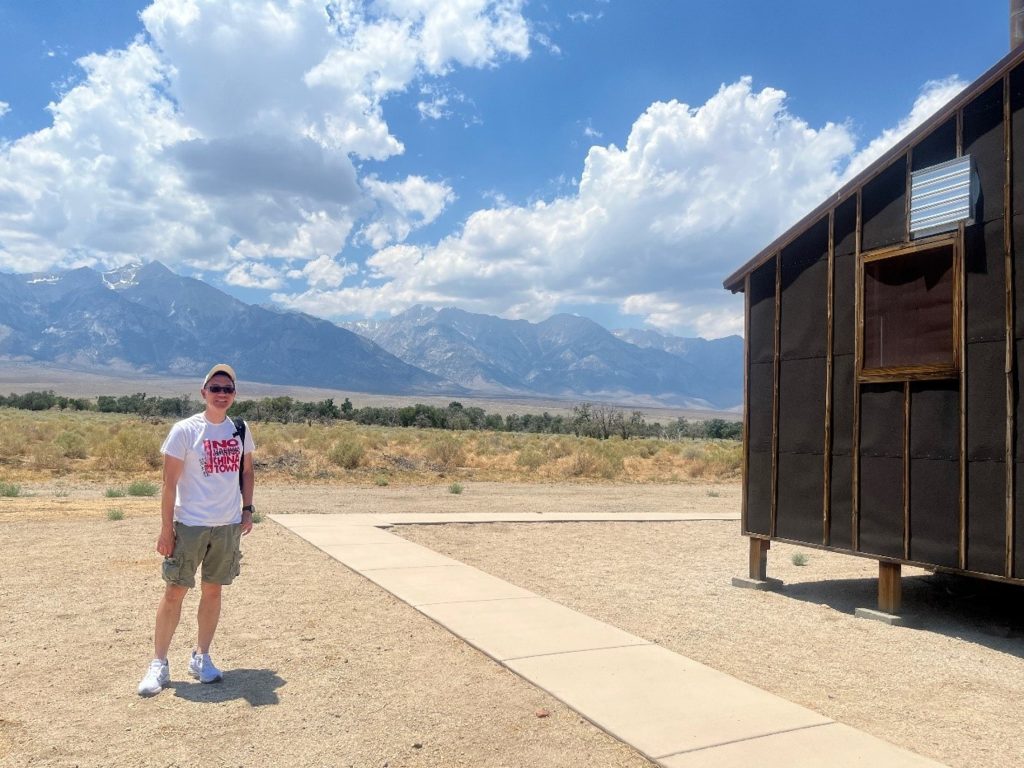
Ken used a $5,000 grant to cover costs associated with the NEH Summer Institute: Little Tokyo How History Shapes Community Across Generations organized by the Japanese American National Museum (JANM). He was particularly interested in the events leading up to, during and after the Japanese Incarceration in World War II – when Japanese and Black Americans worked together to combat discrimination.
“Thanks to my FFT grant, I was also able to spend time outside of the NEH Institute to fulfill the goals of my grant,” Ken explained. “Staff from the JANM helped me conduct research on how allies in the Black communities of LA supported Japanese Americans during and after the Japanese Incarceration. I met with an activist who took me on a tour of Little Tokyo and helped me understand the impact of gentrification on its Black and Asian residents. Finally, I was able to visit neighborhoods in LA, such as Crenshaw, where Black and Japanese Americans lived and challenged housing discrimination.”
In addition to experiencing multiple museums and, ultimately, the Manzanar War Relocation Camp, Ken prioritized making personal connections with individuals who themselves experienced this period of history, including:
- a docent at the Japanese American History Museum who talked about his efforts to honor Barbara Marshall, a Black American who supported Japanese American families during the Japanese Incarceration; and,
- June Aochi Berk, the co-chair of the Minoru Yasui Civil Rights Committee, whose family was incarcerated at Camp Rohwer in Arkansas.
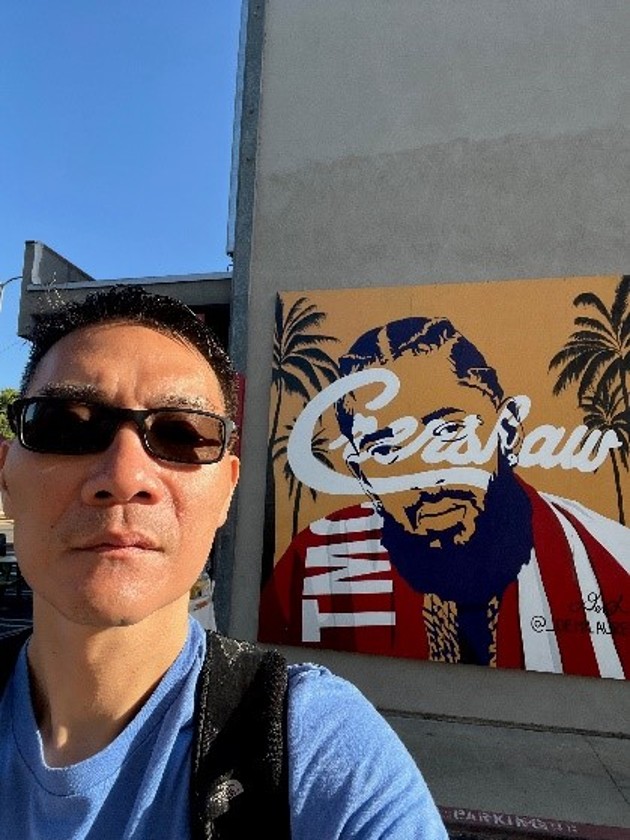
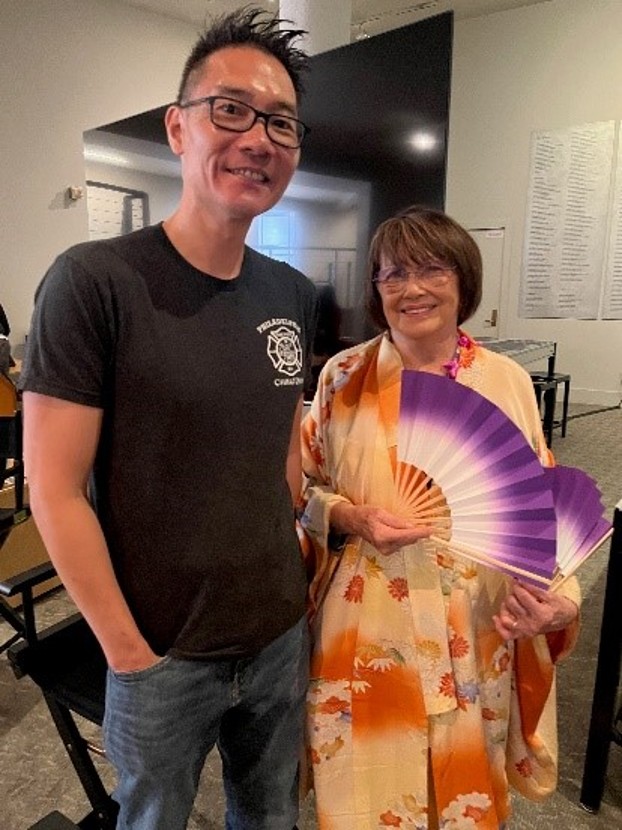
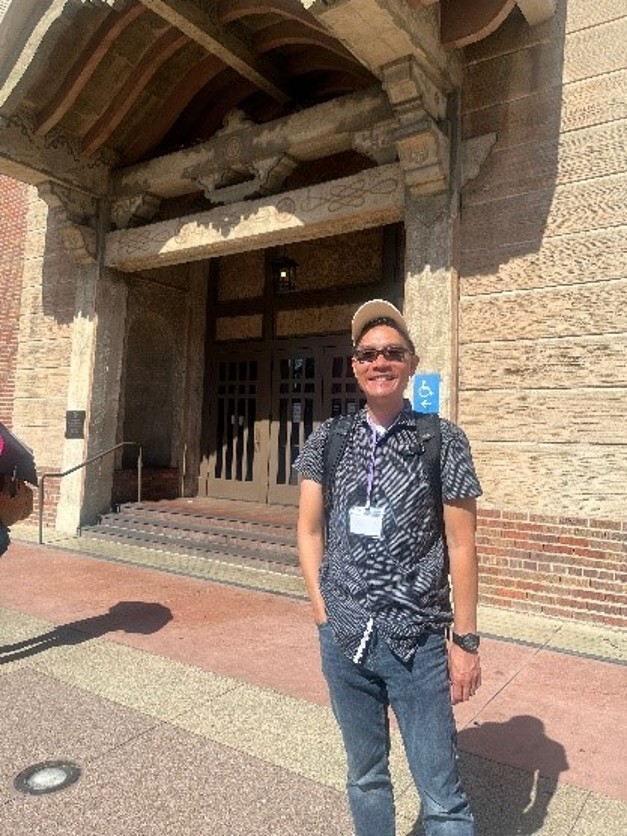
(Exploring Los Angeles’ Crenshaw District; meeting June Aochi Berk, on a tour of Little Tokyo guided by members of the Little Tokyo Historical Society)
Ken is working with the JANM to have students Zoom with a survivor of the Japanese Incarceration in the coming weeks. His fellowship will also inform their novel study of Buddha in the Attic, part of a curriculum Ken hopes to expand throughout the district through professional development workshops for teachers who wish to teach Asian American Studies using a cross-cultural lens.
“Many students at my school, including those who define themselves as Asian American, struggle to define what Asian American culture is, especially in light of stereotypes that define Asian Americans as being a foreign culture,” said Ken. “I define culture as being the shared understanding of a group of people and believe that this understanding is shaped by the relationships that people build across cultures. Through my unit, I want students to consider the extent that Asian American culture is not only part of American culture, but is likewise shaped by the shared struggles we have with other communities of color.”
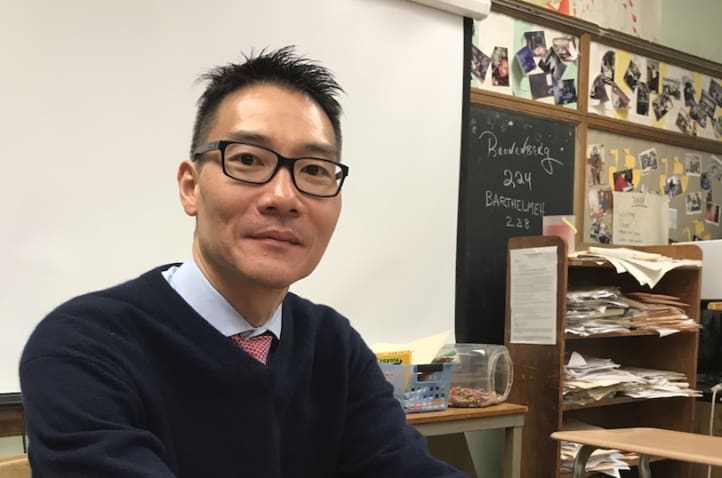
Ken Hung teaches AP Seminar/English 3 with a concentration in Asian American Studies, IB Global Politics and AP European History. In addition to serving as faculty sponsor for the Asian Pacific Islander Union, he is also a co-coordinator of the Bridge Leadership Program, a mentorship program for incoming 9th graders from underrepresented backgrounds. Ken is a three-time FFT Fellow and a 2024-2025 Philadelphia Affinity Group Network Facilitator for TeachPlus.

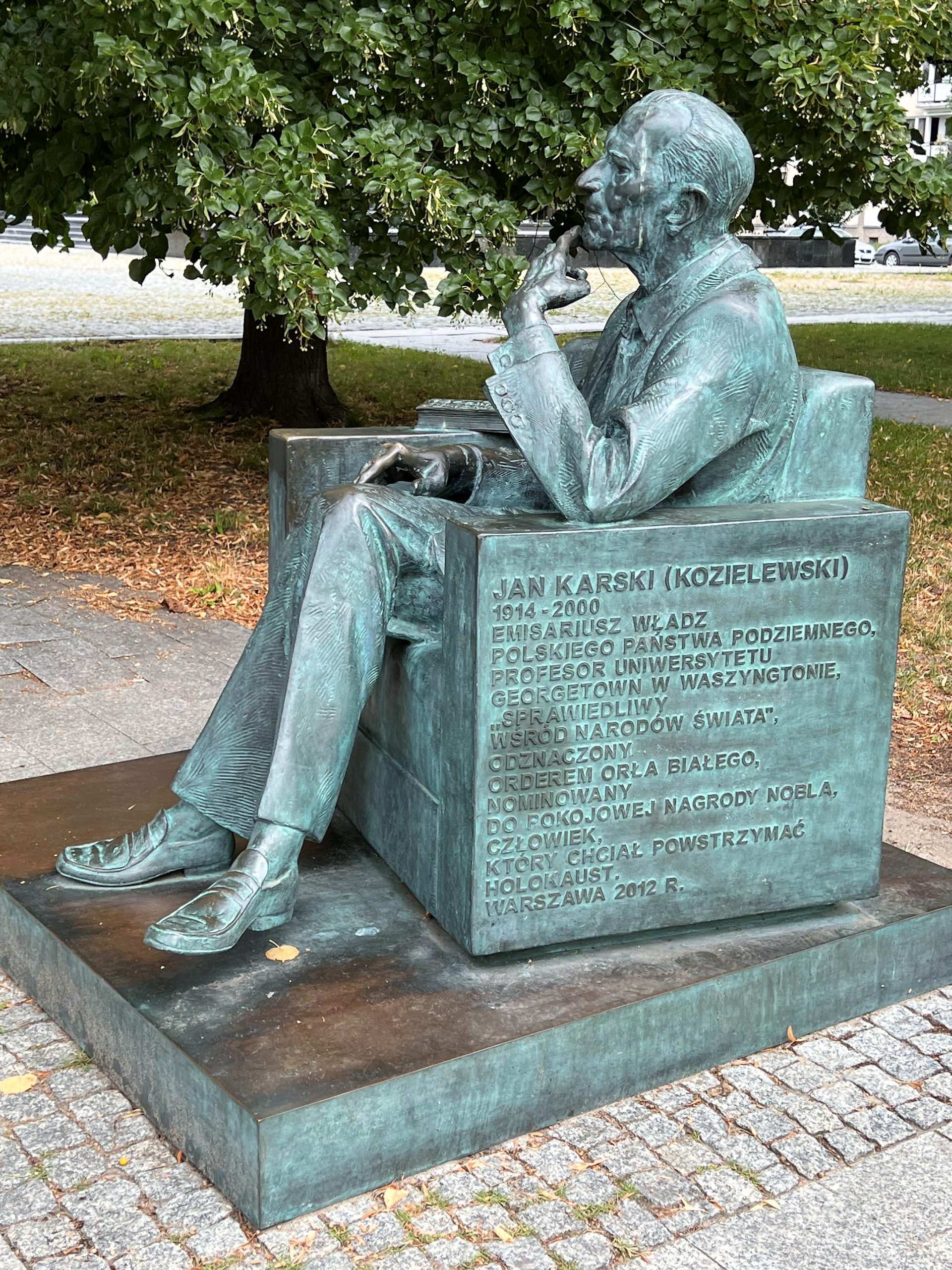
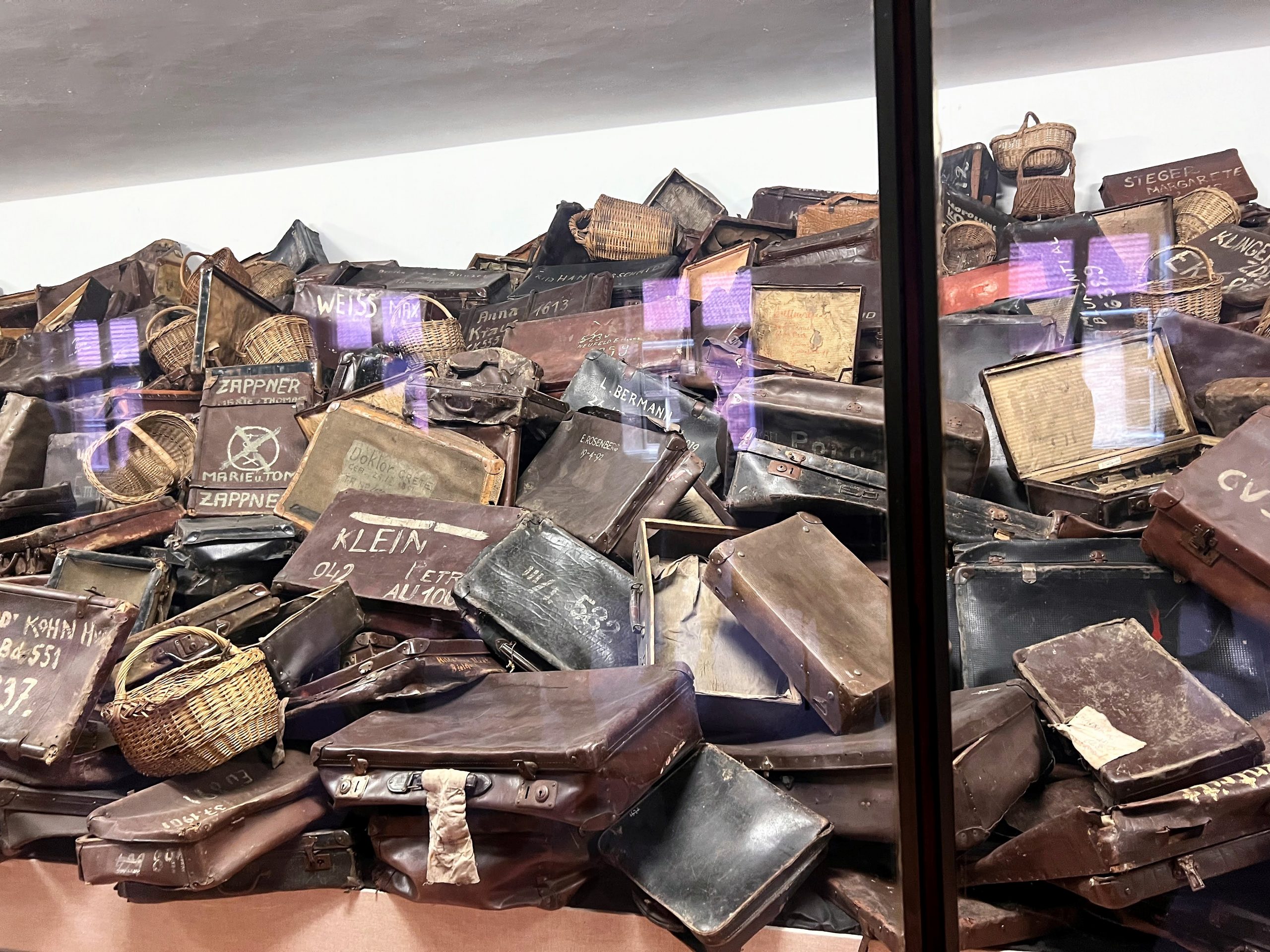
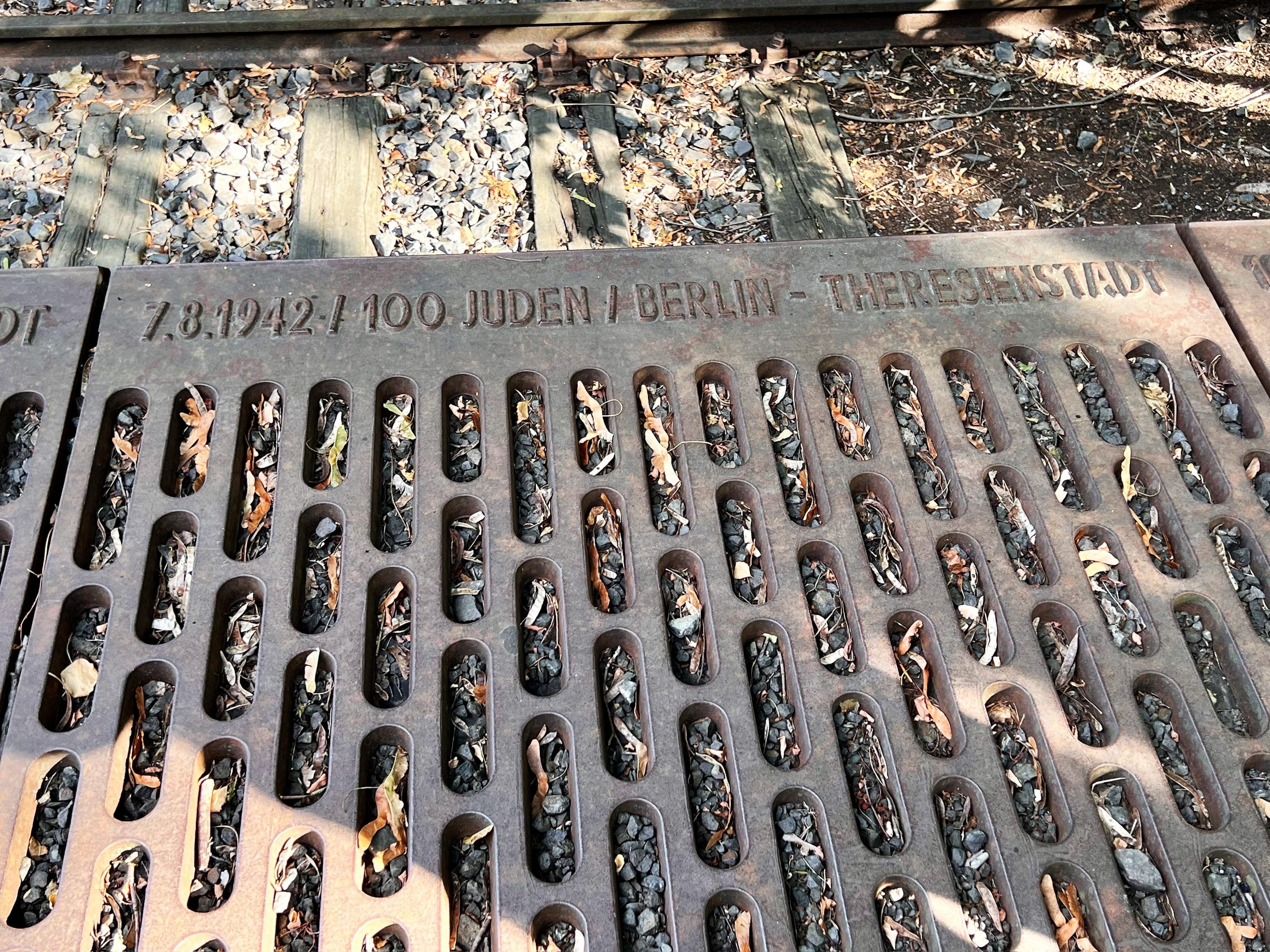
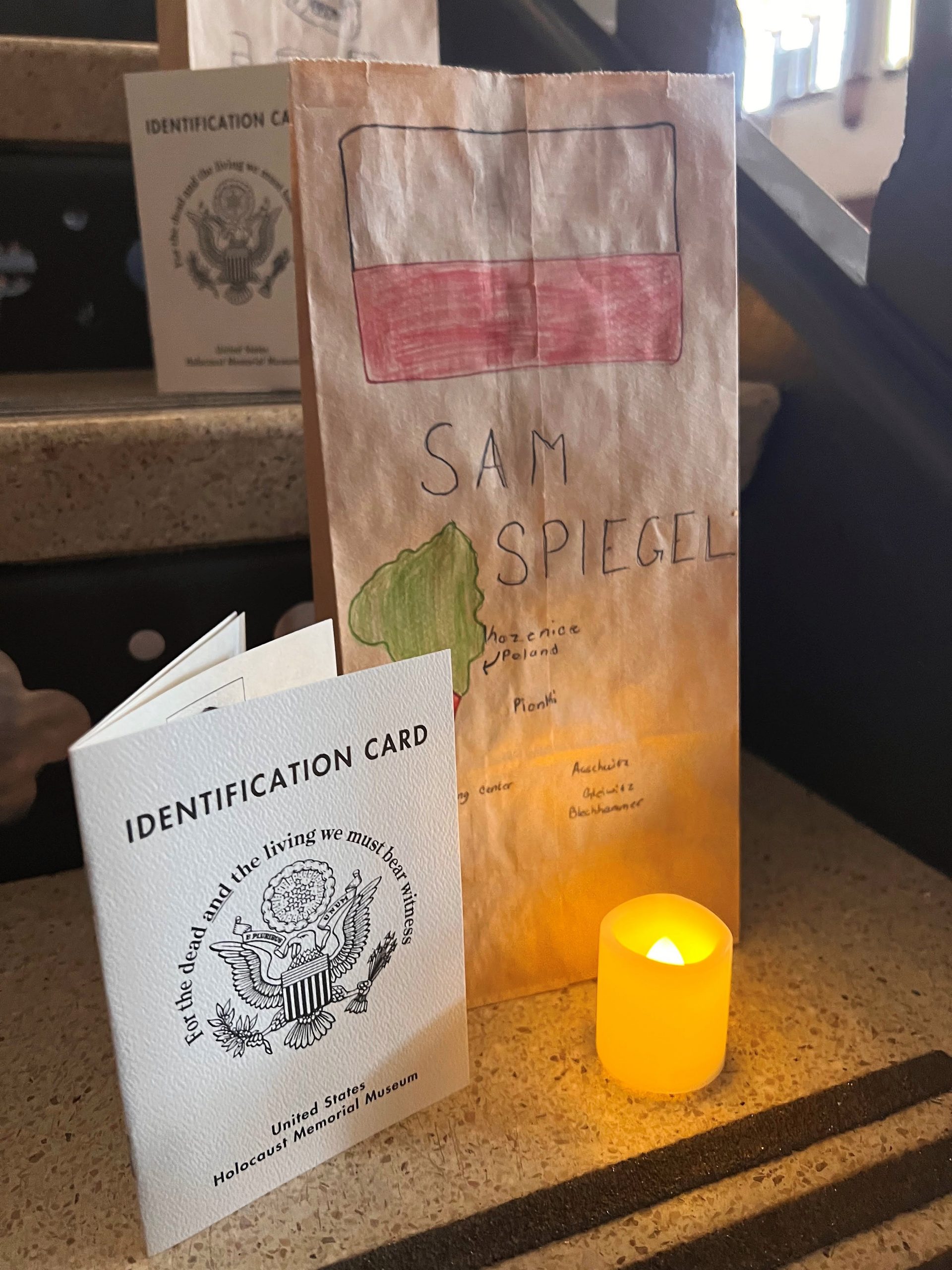
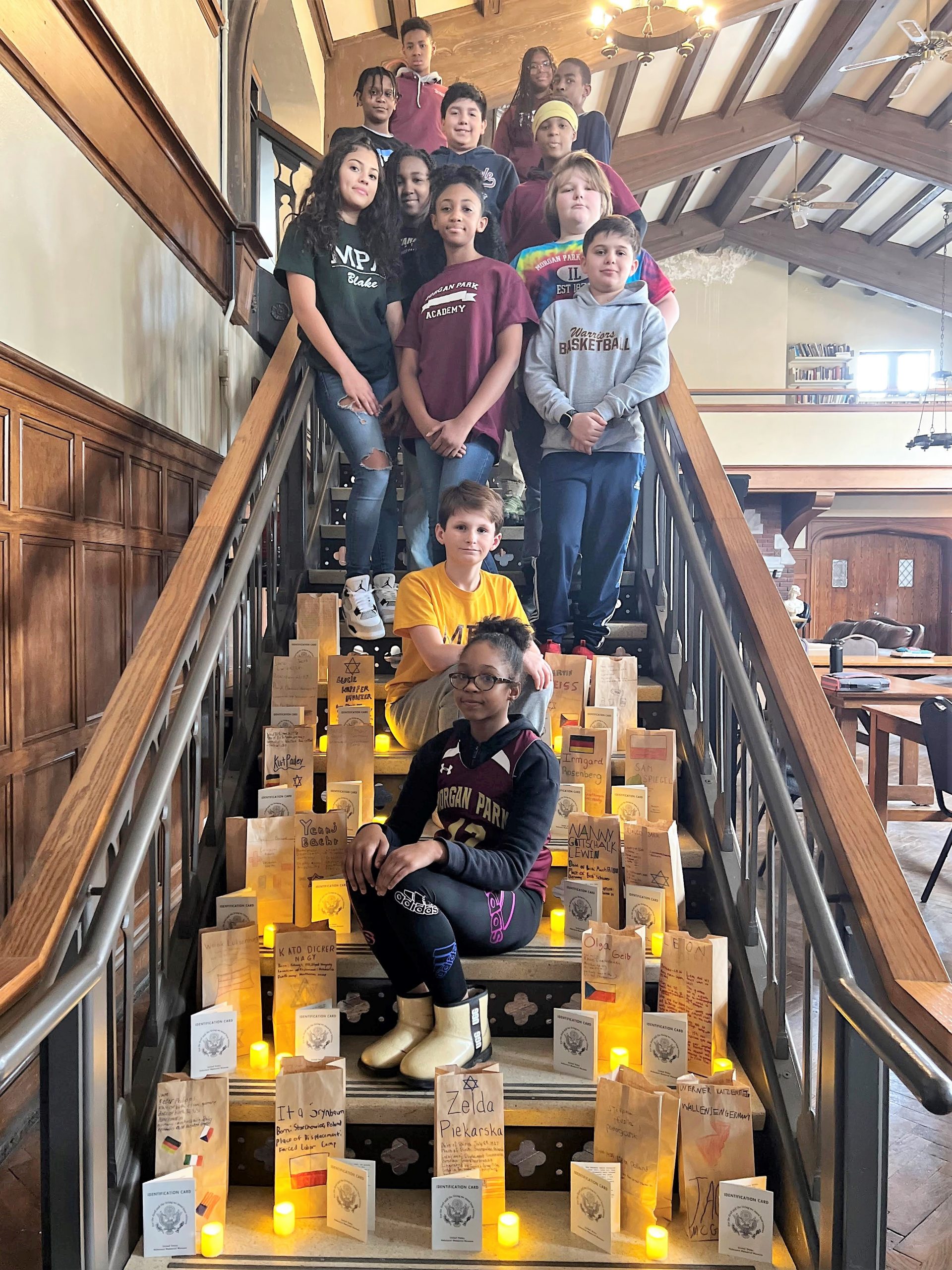
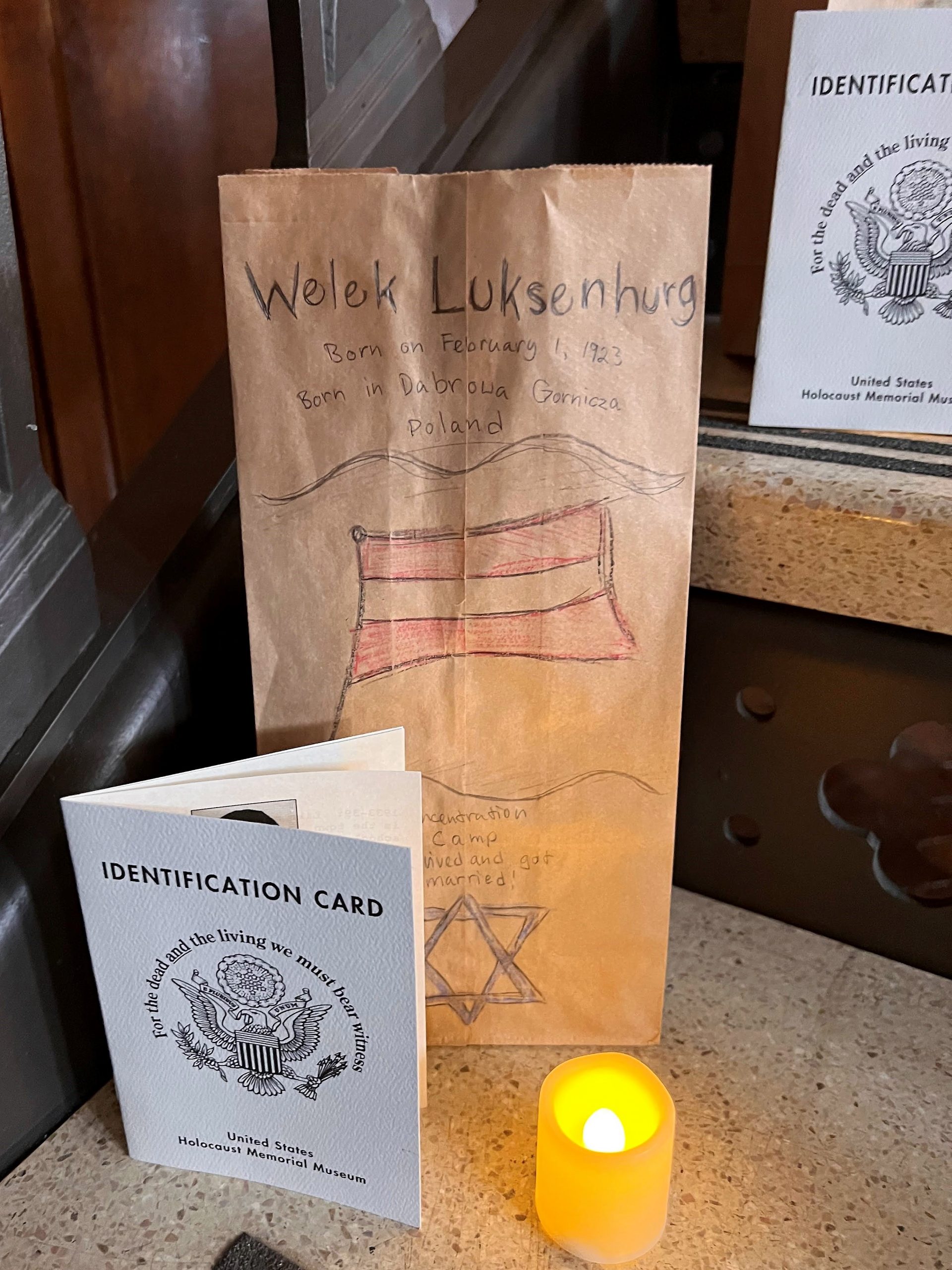
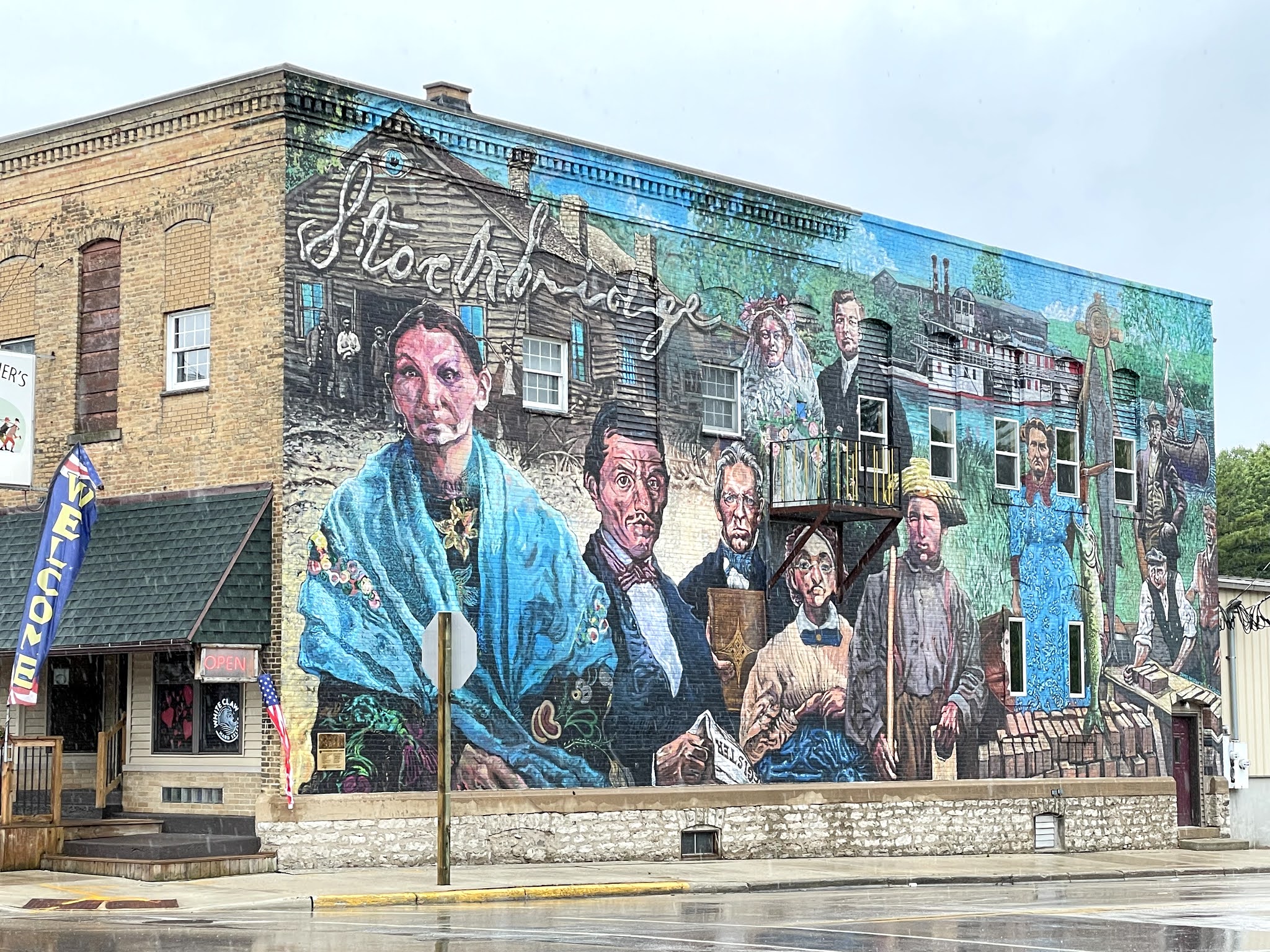
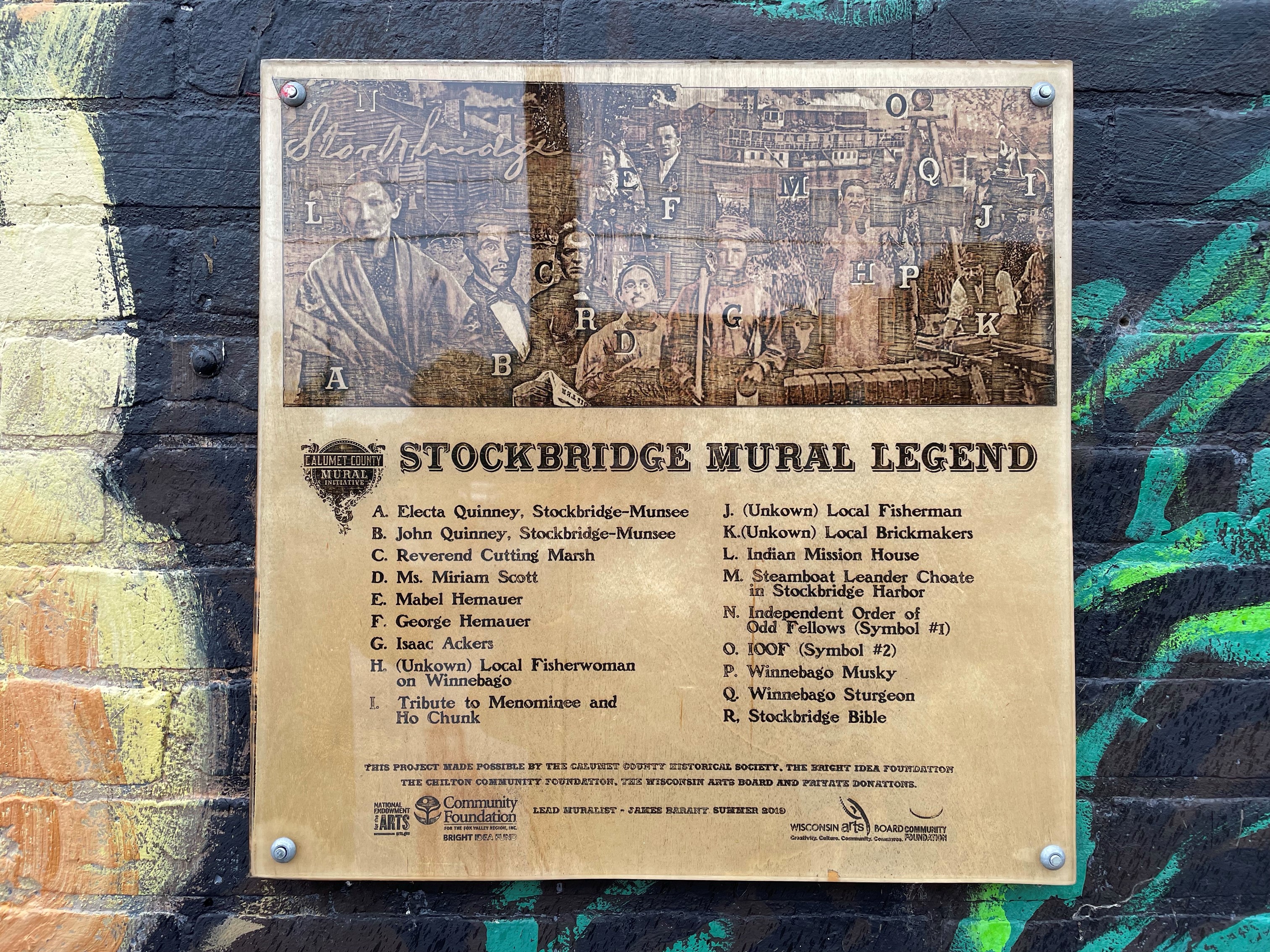
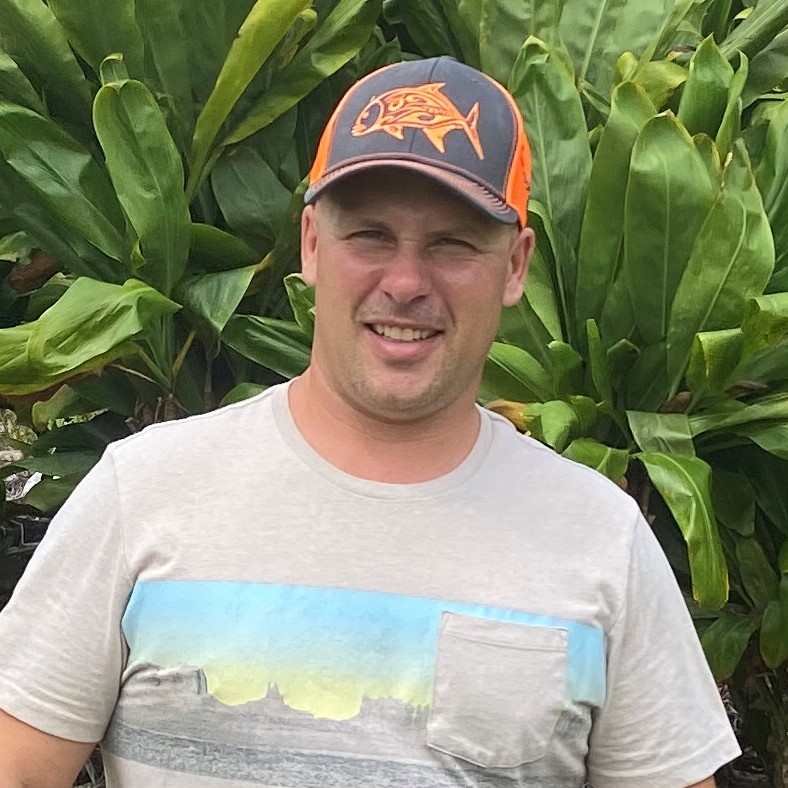
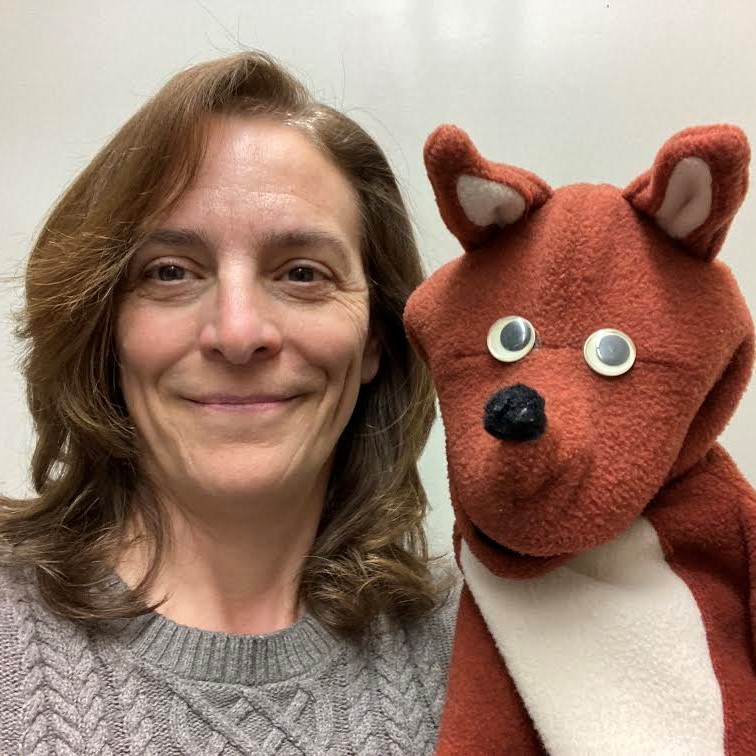
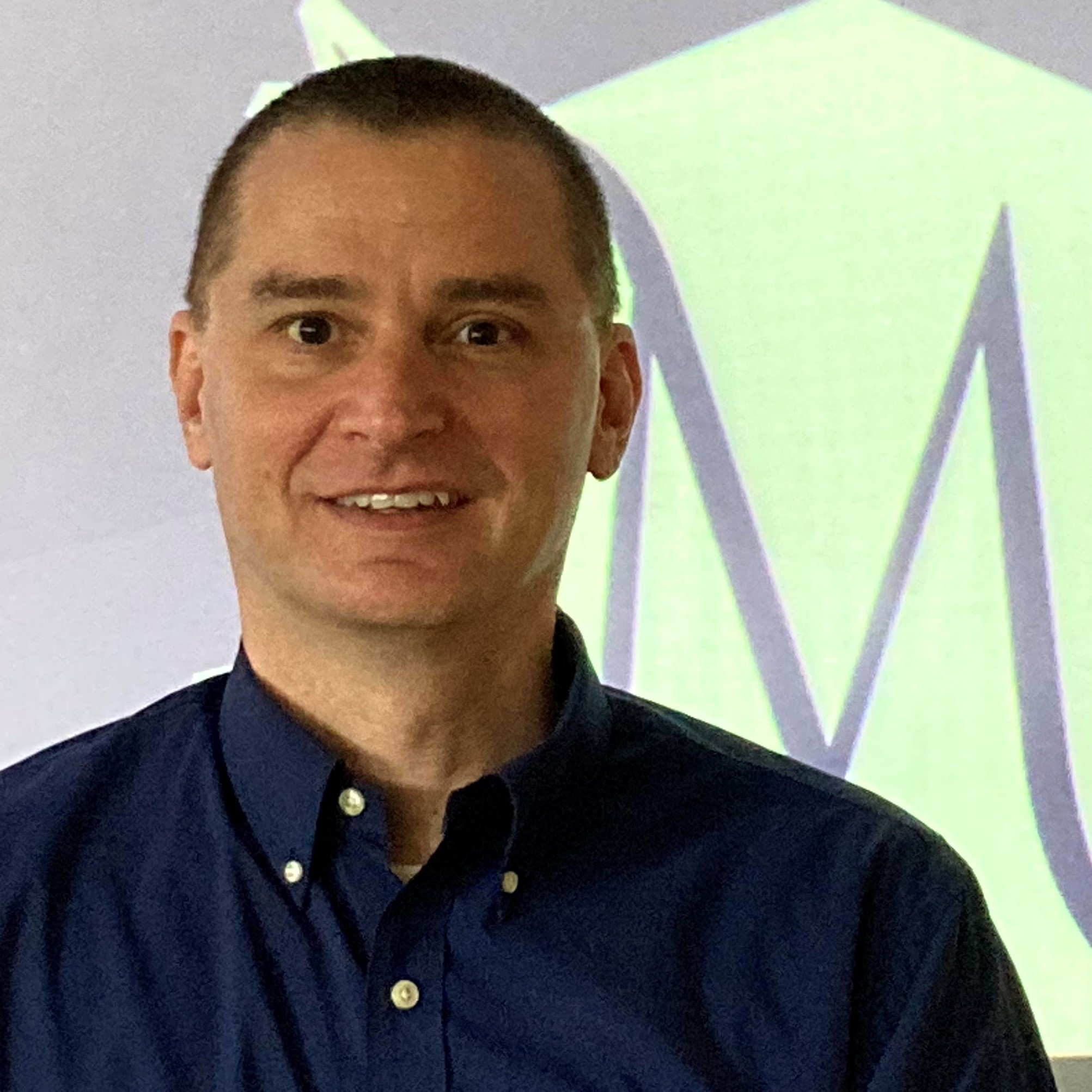
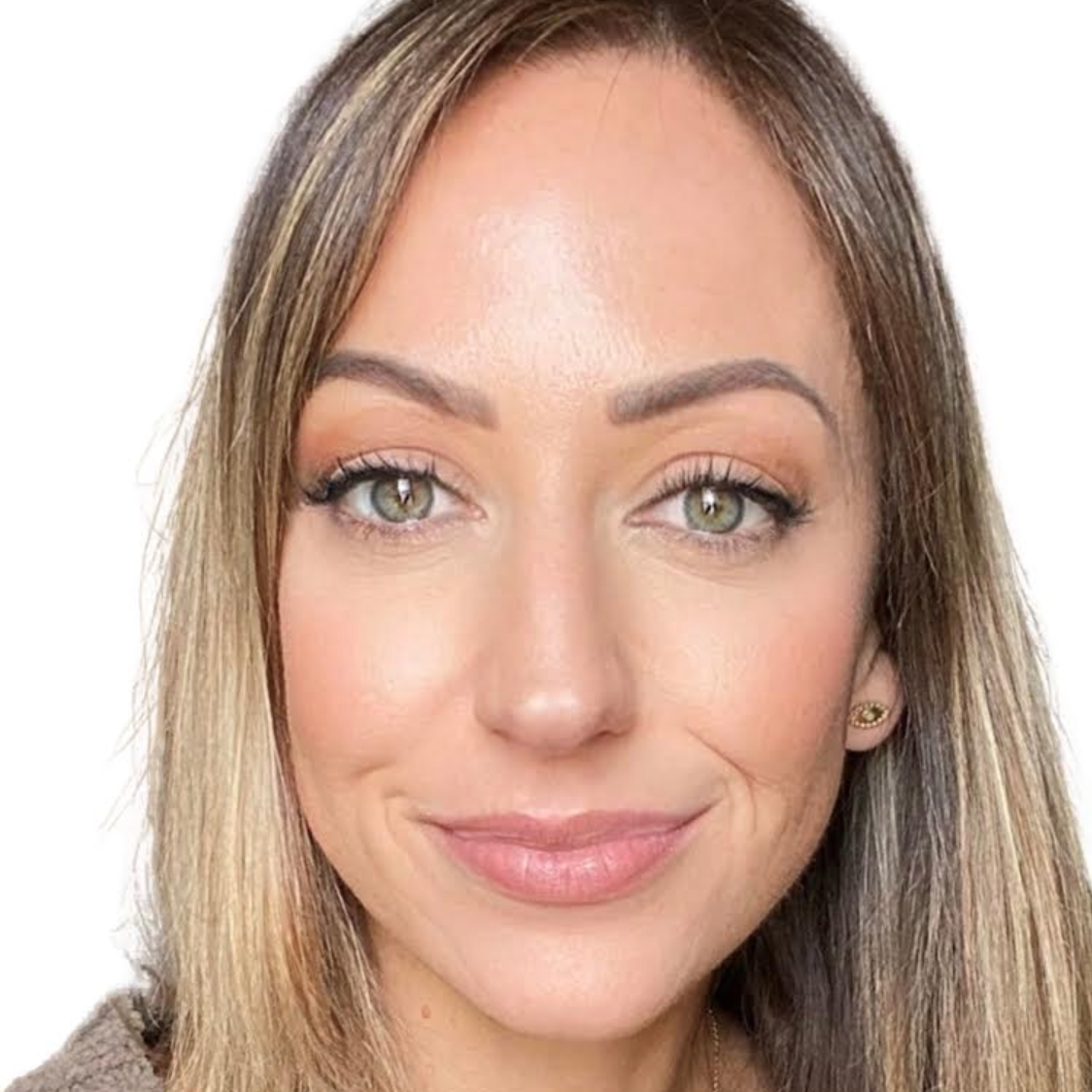
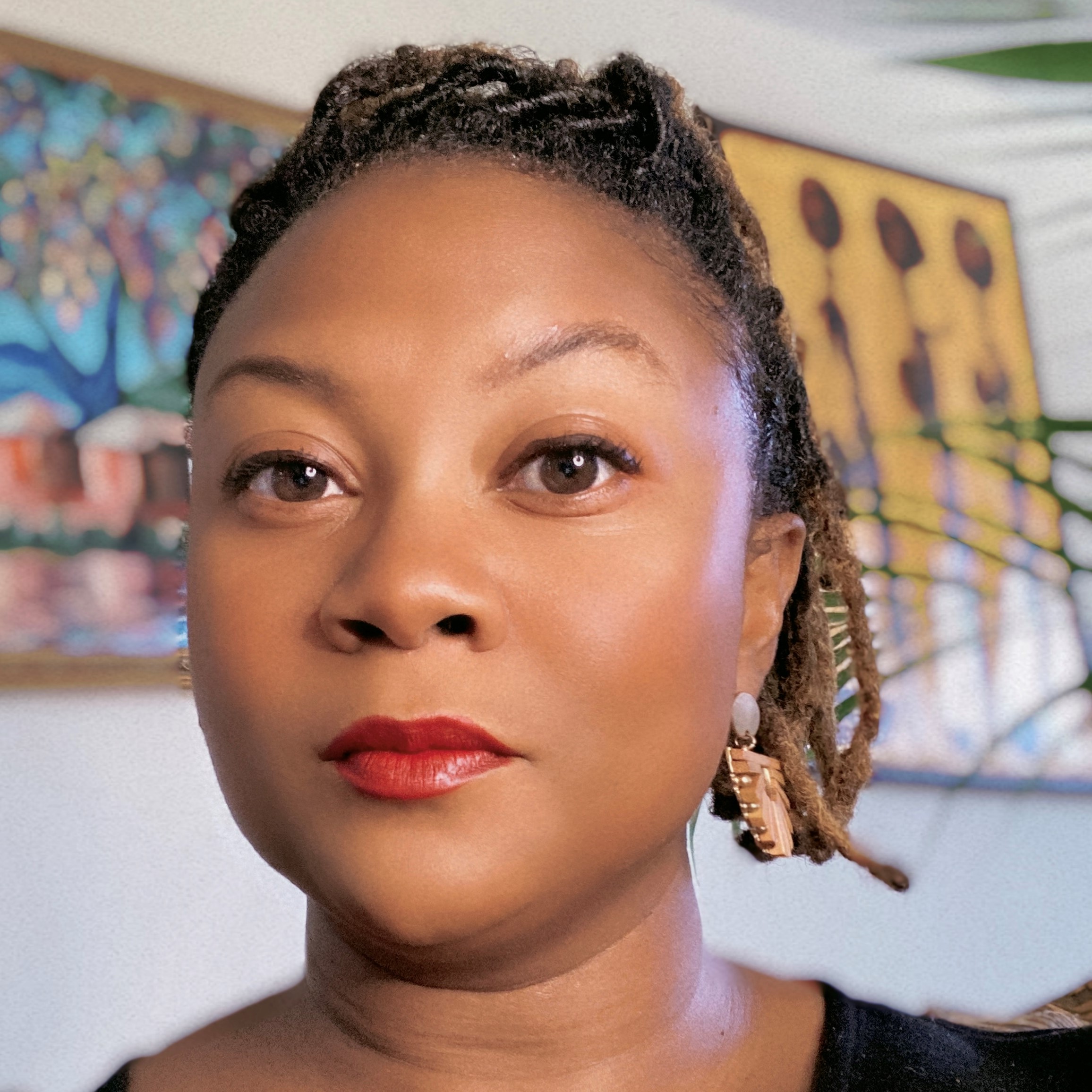
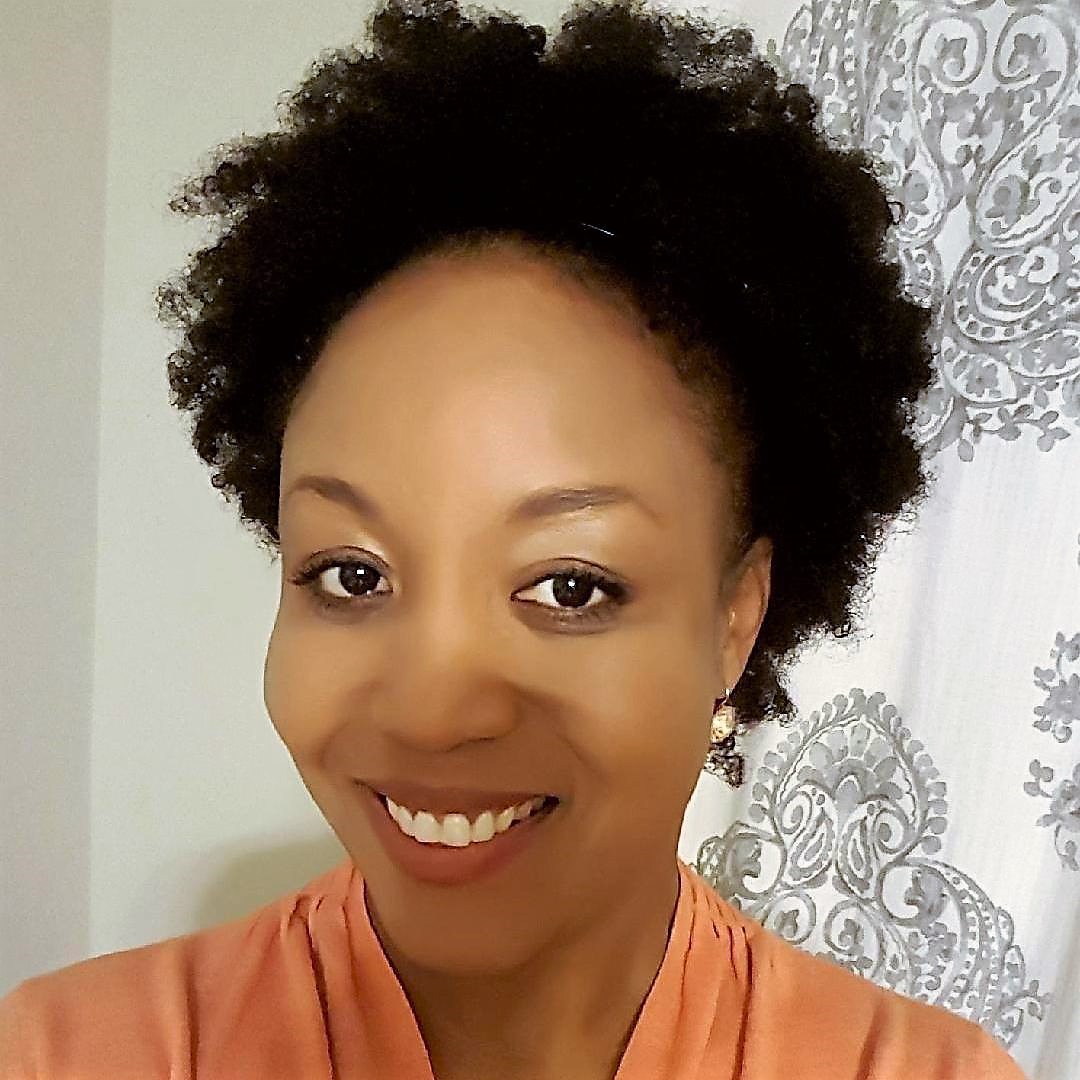

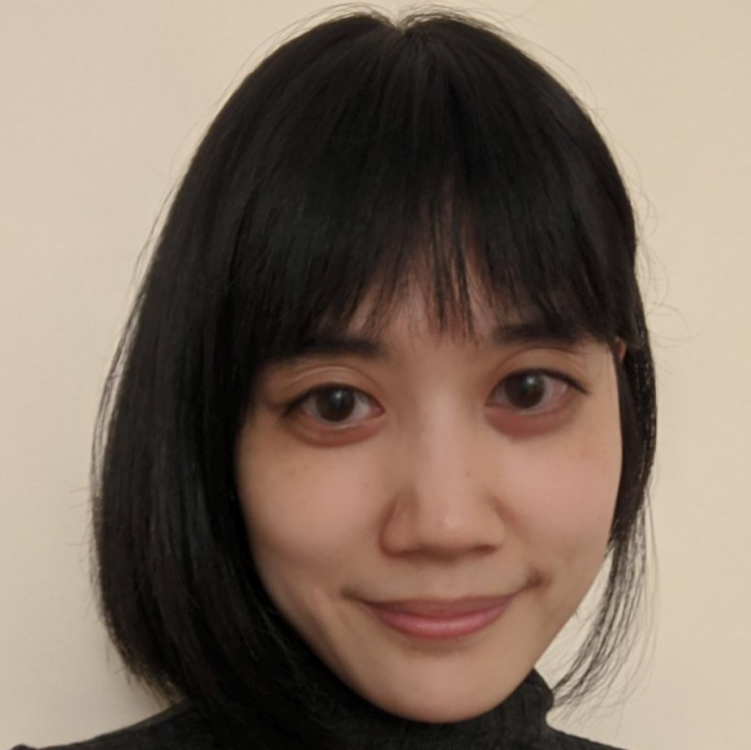
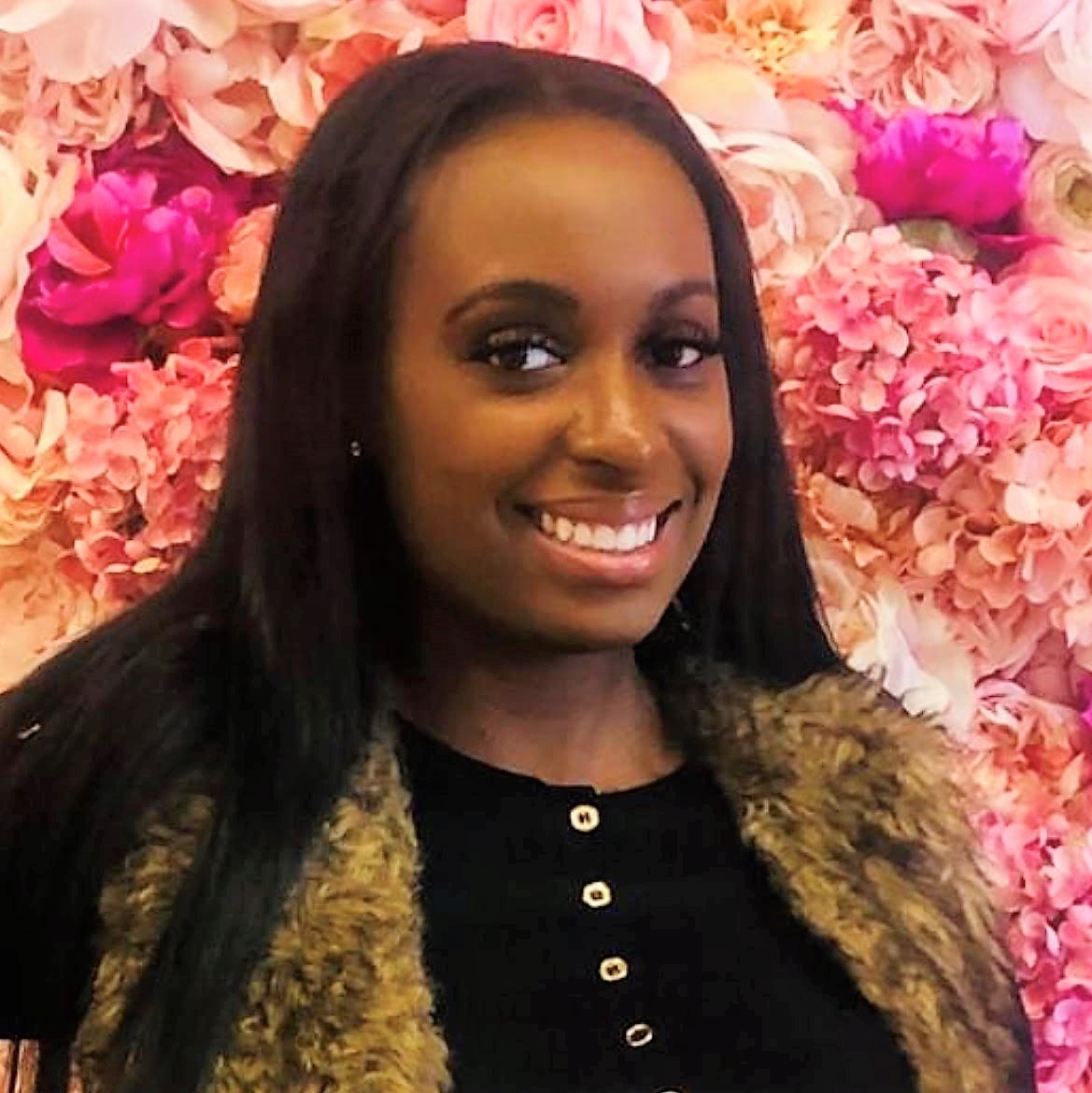

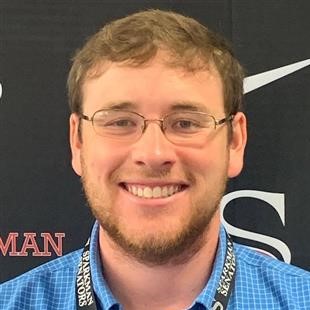
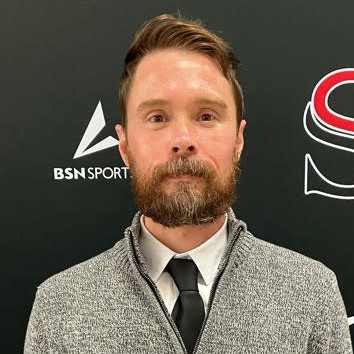
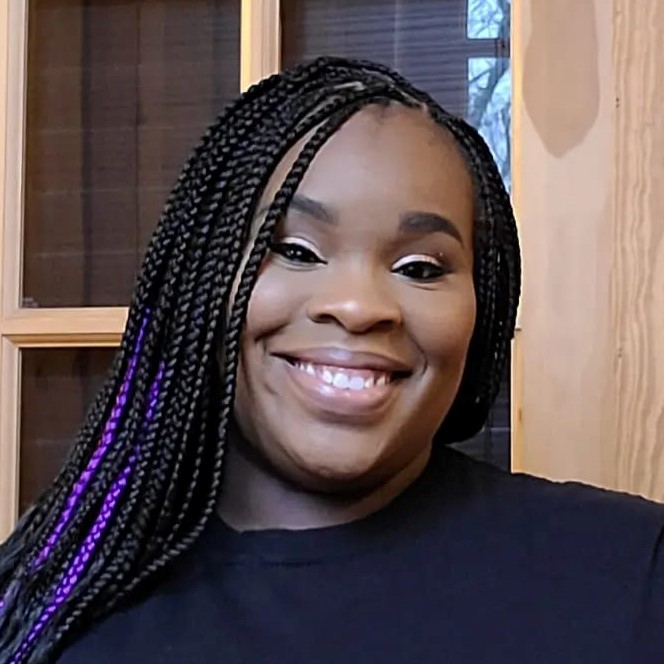
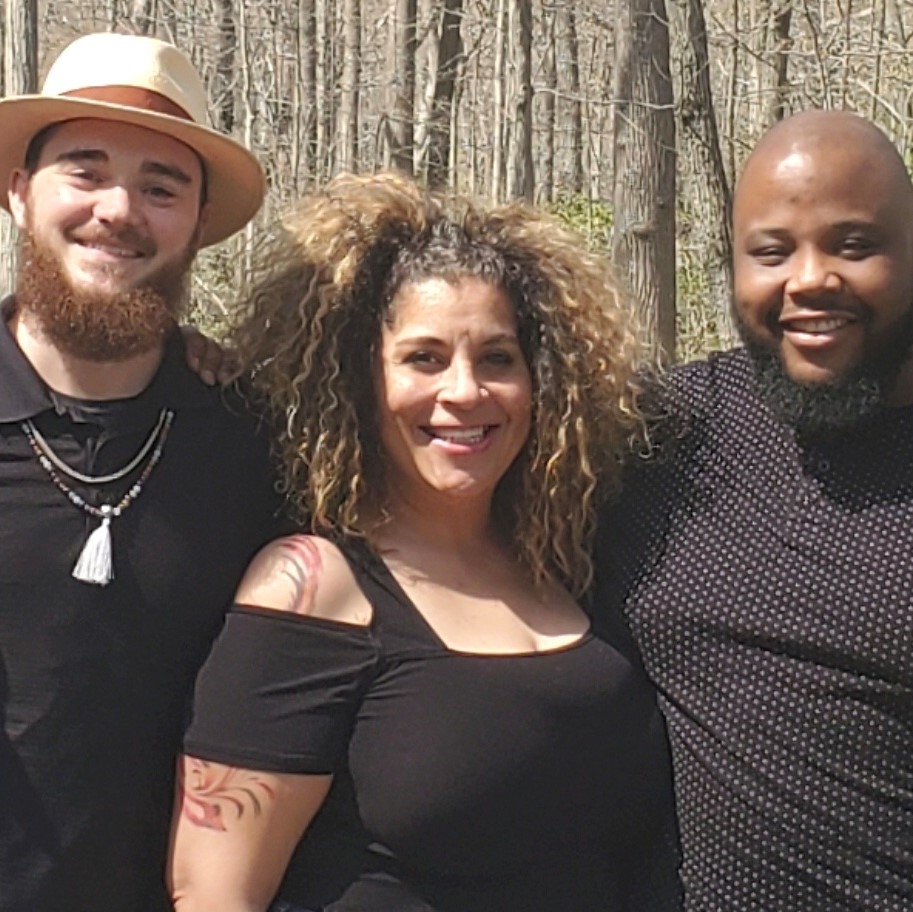
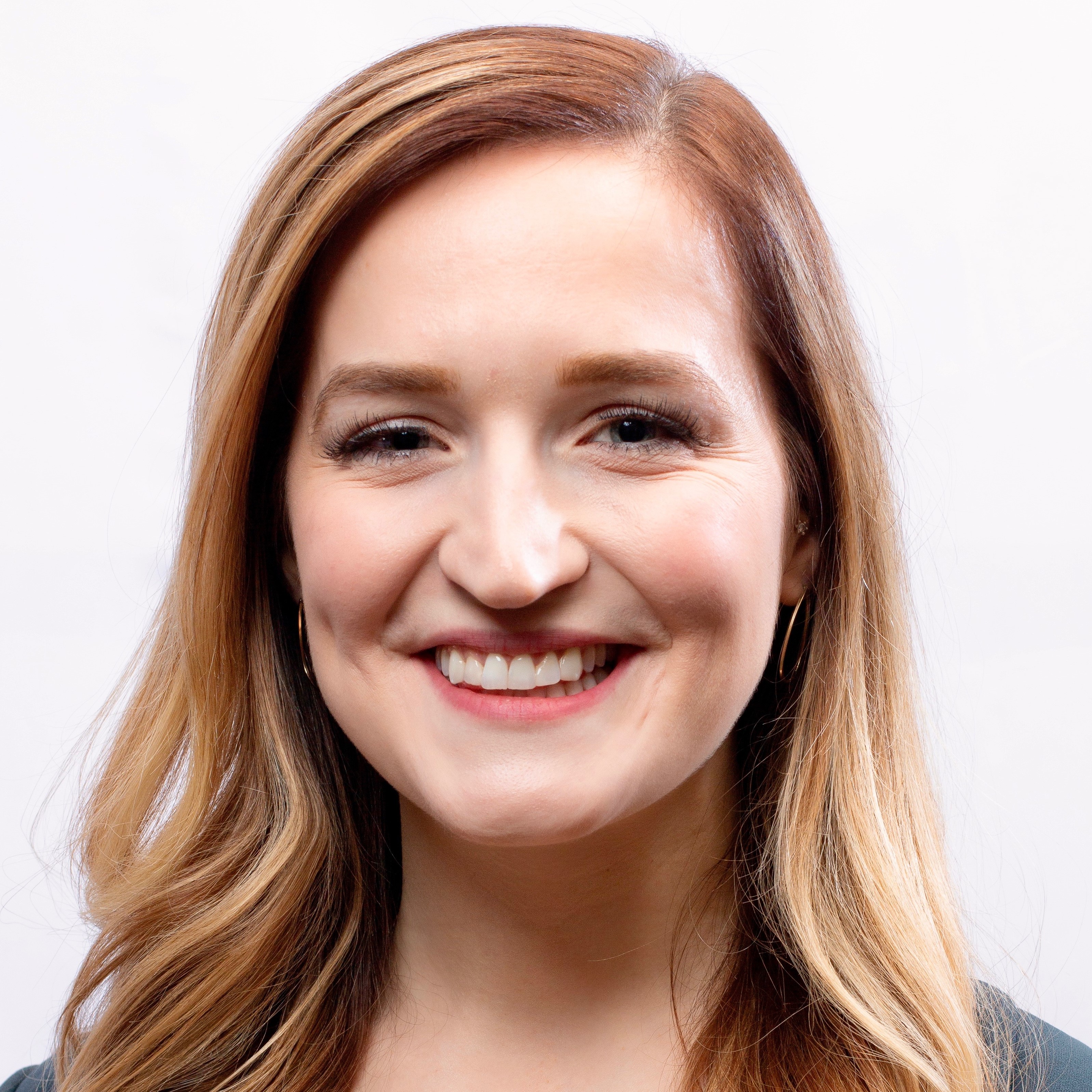
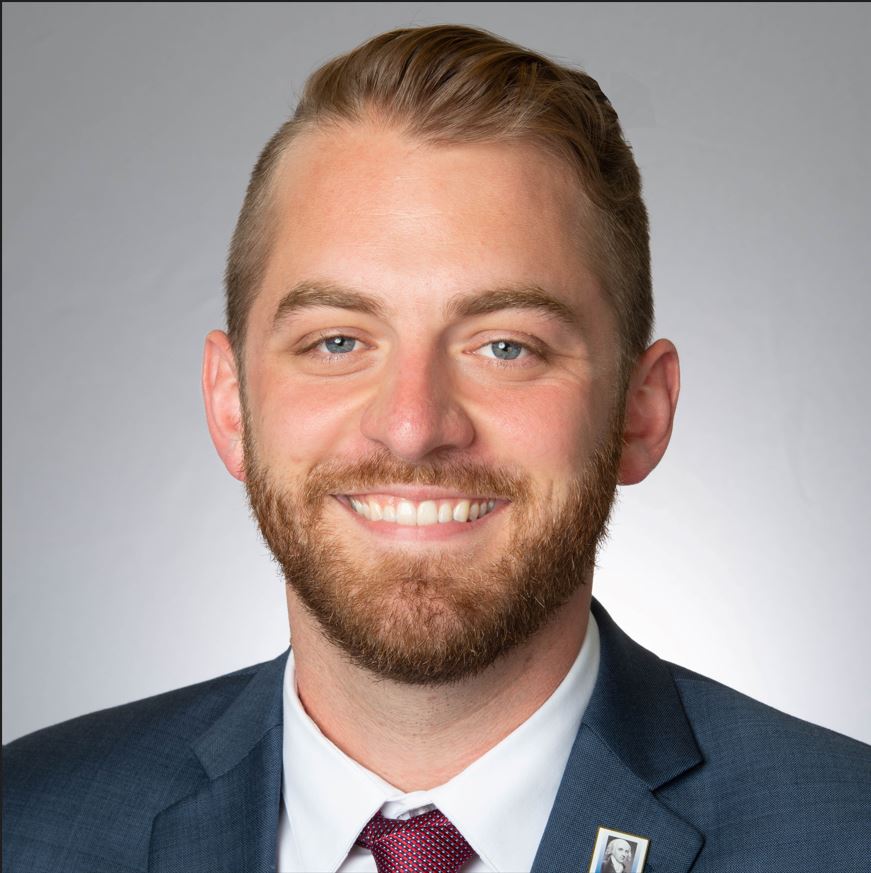
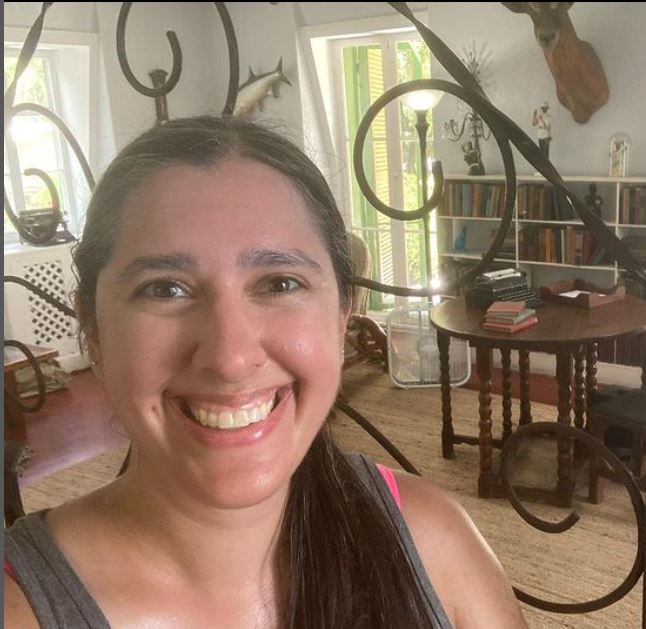

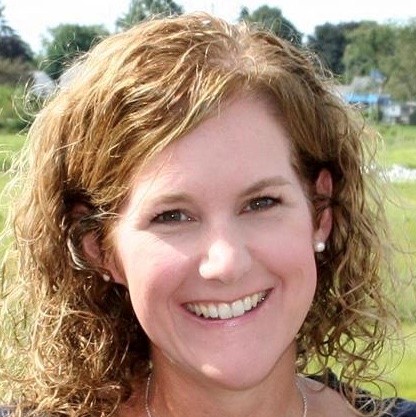
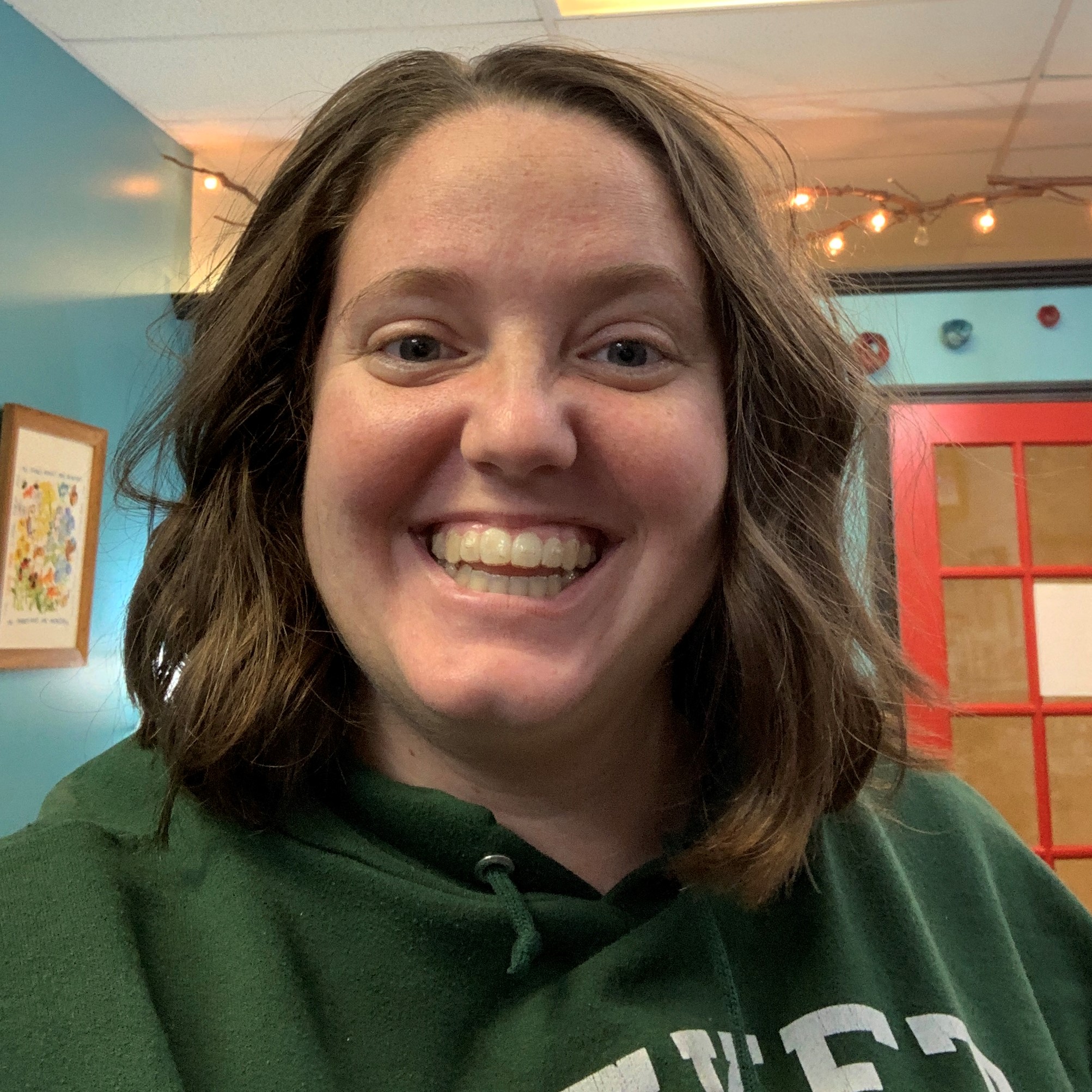
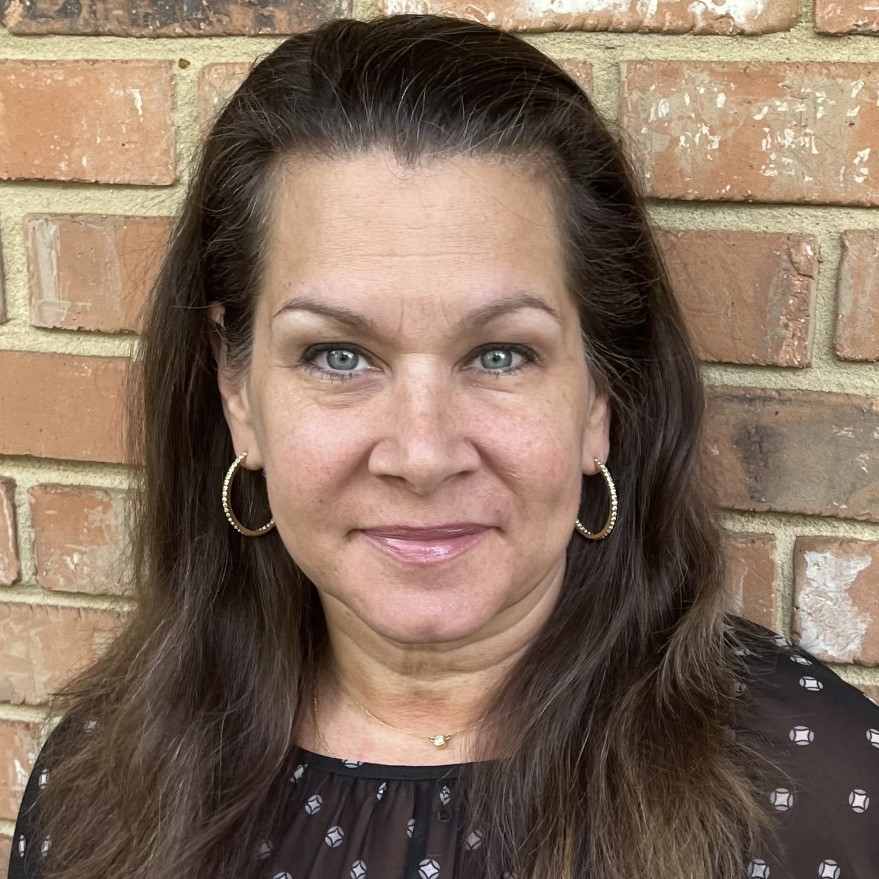
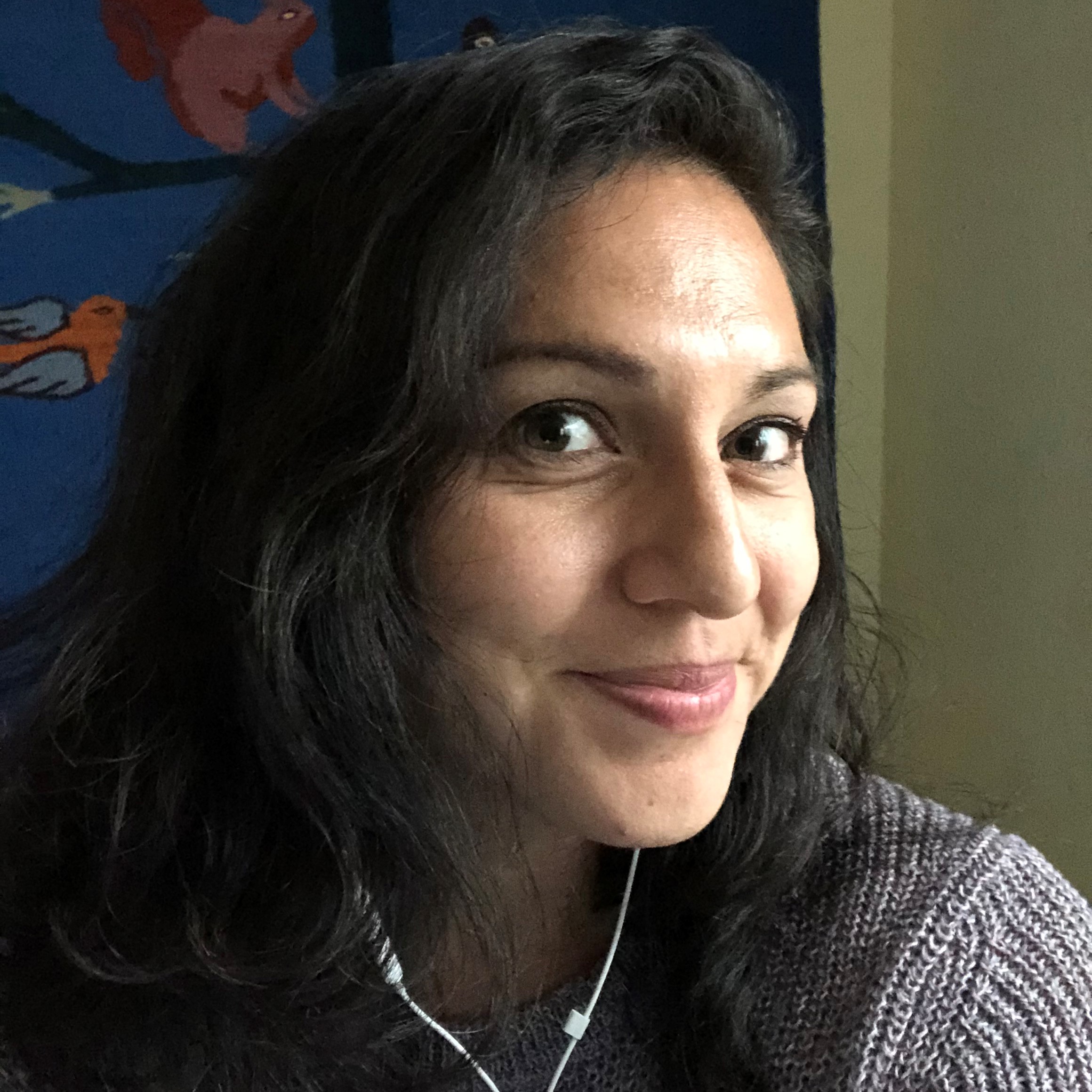
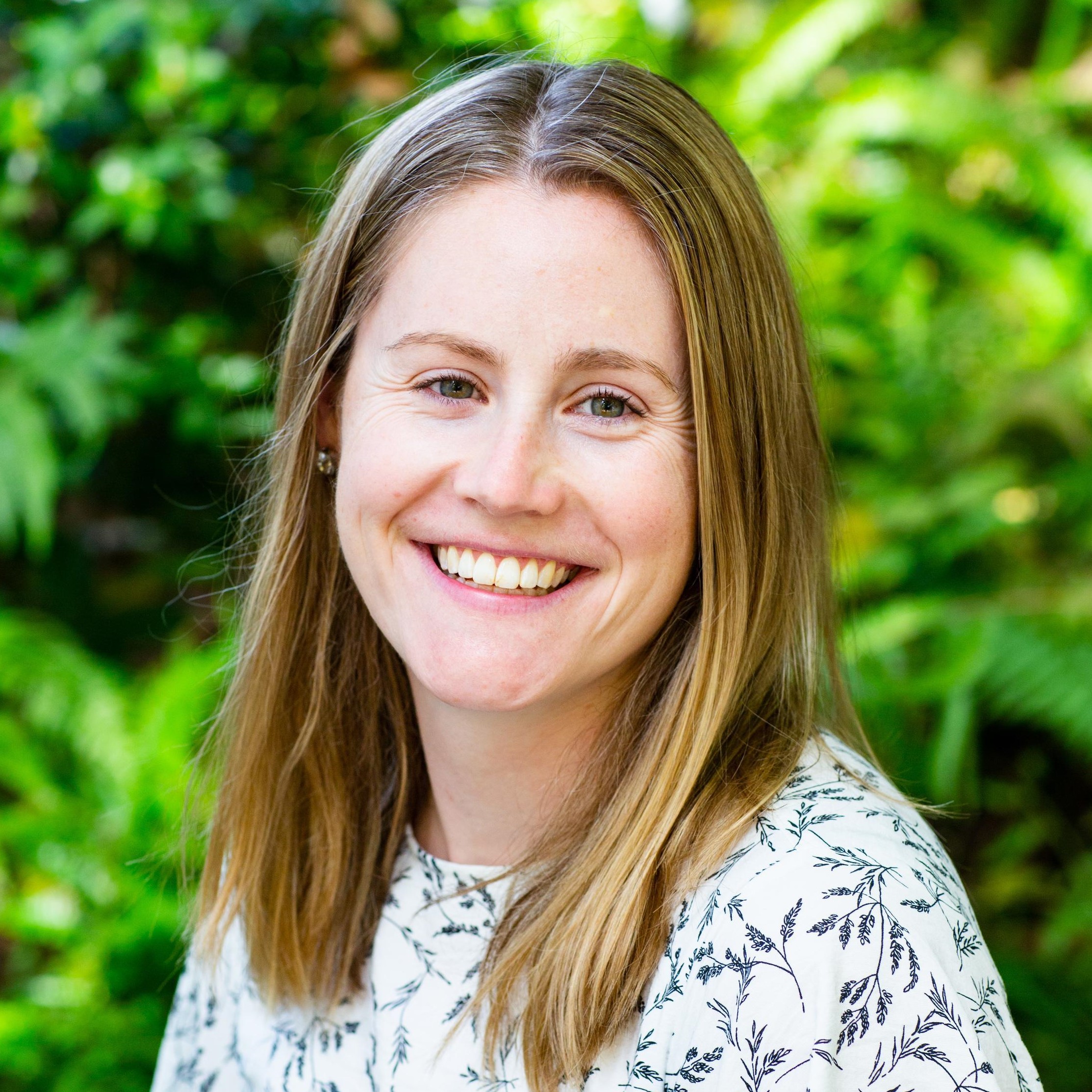

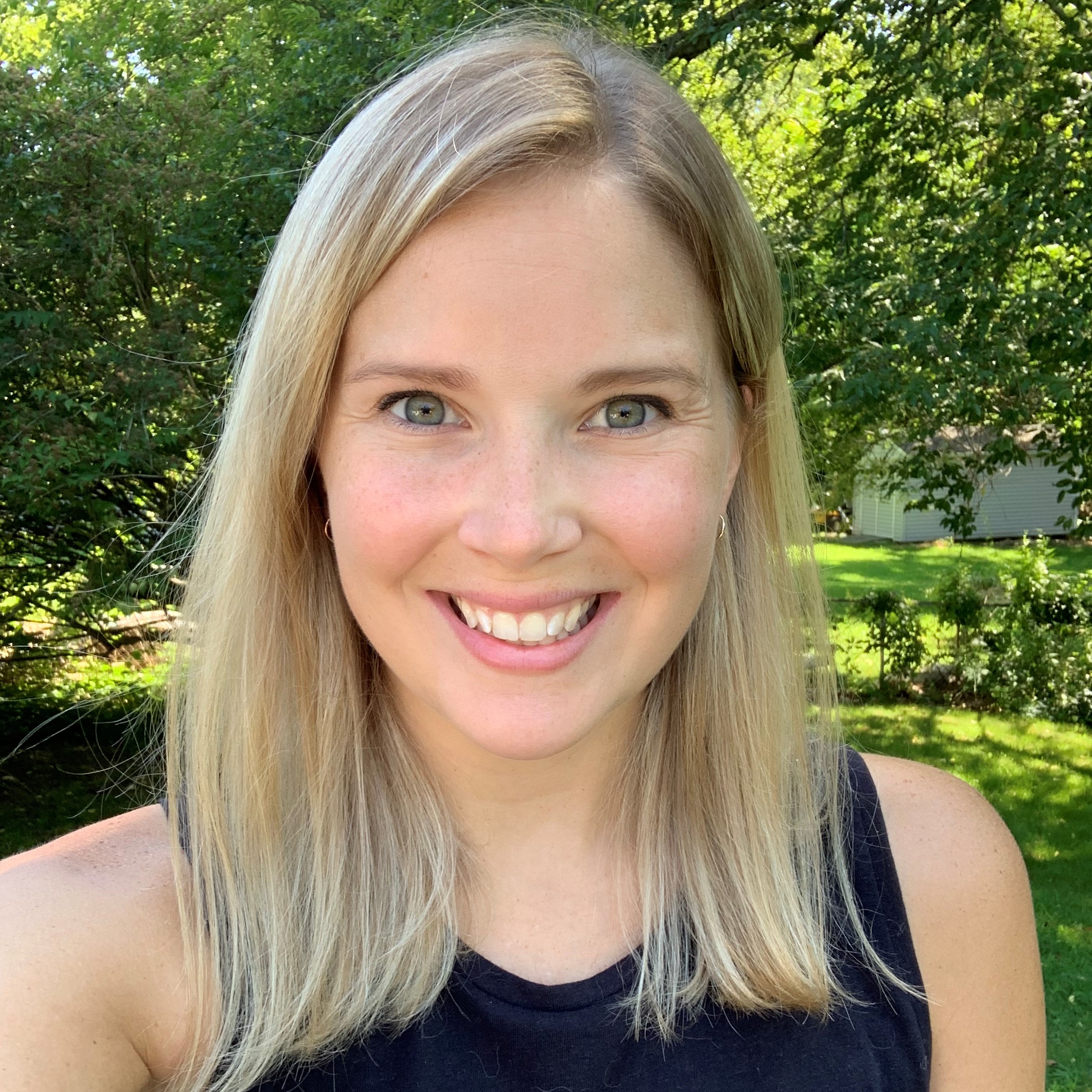
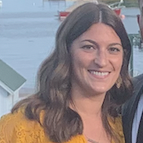
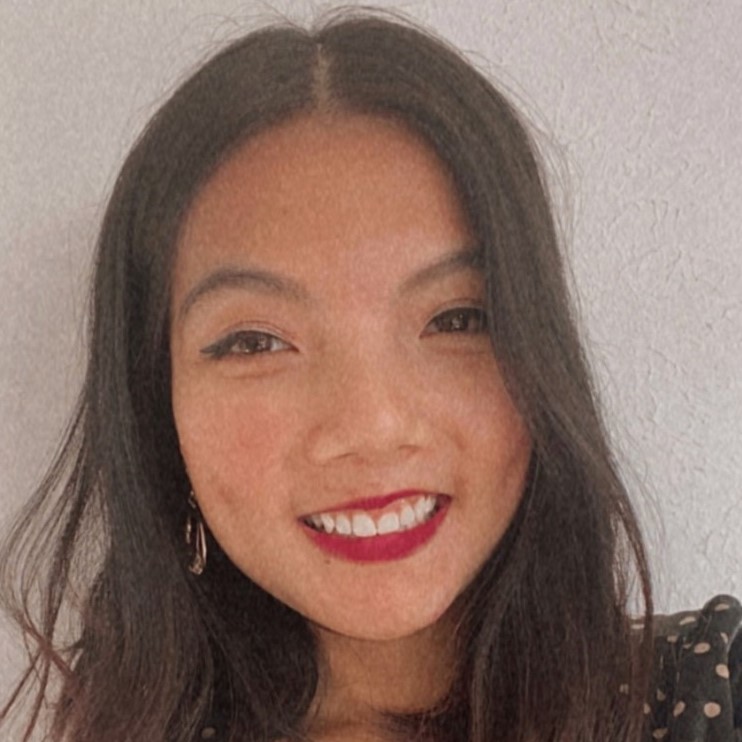
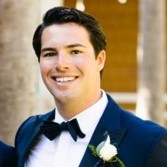
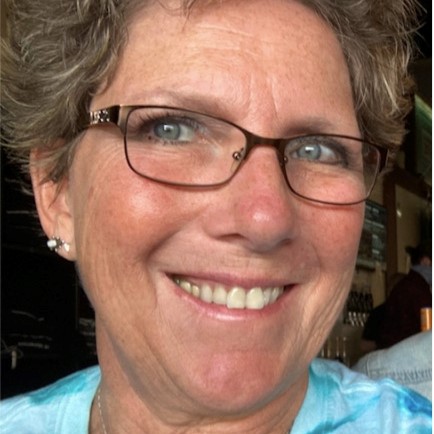
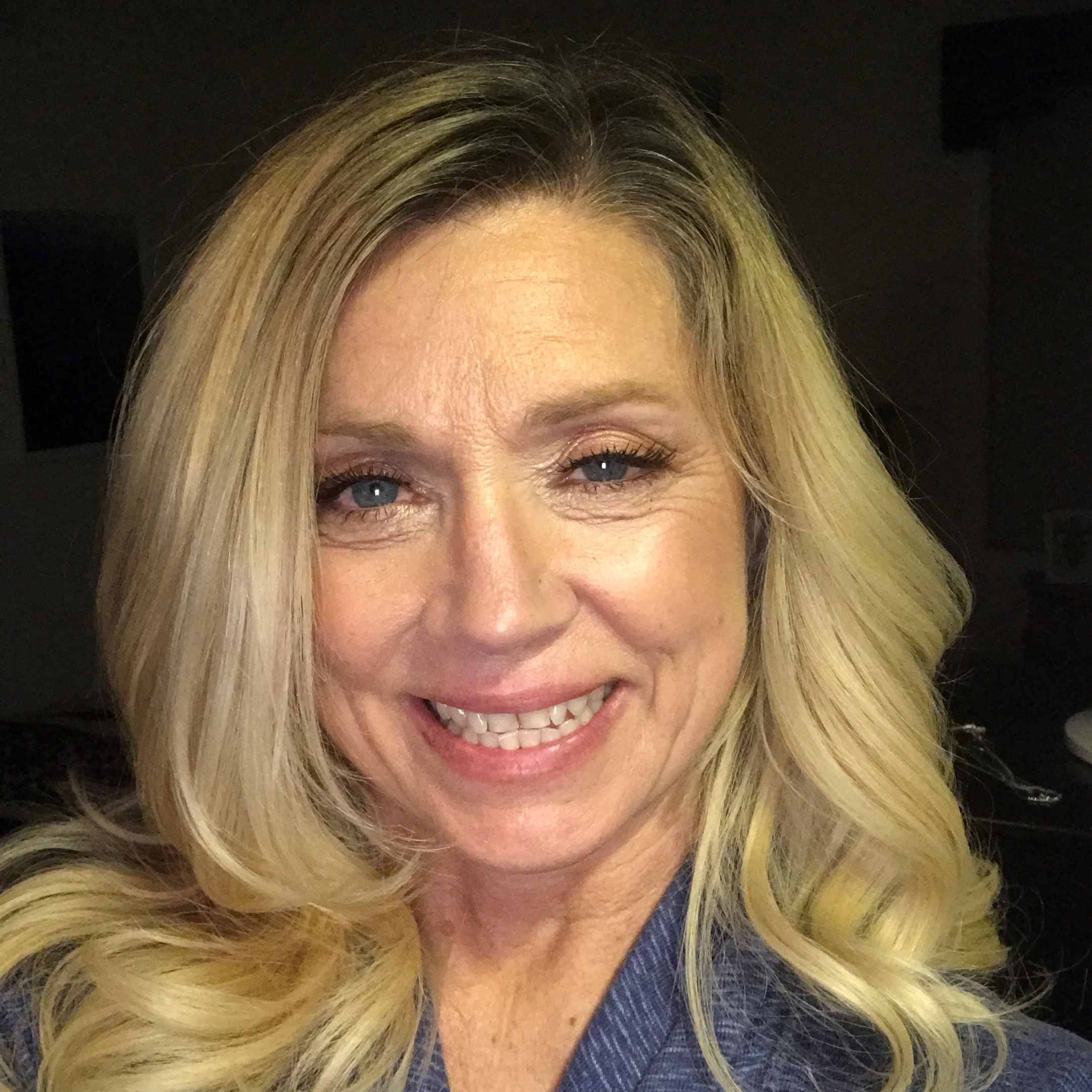

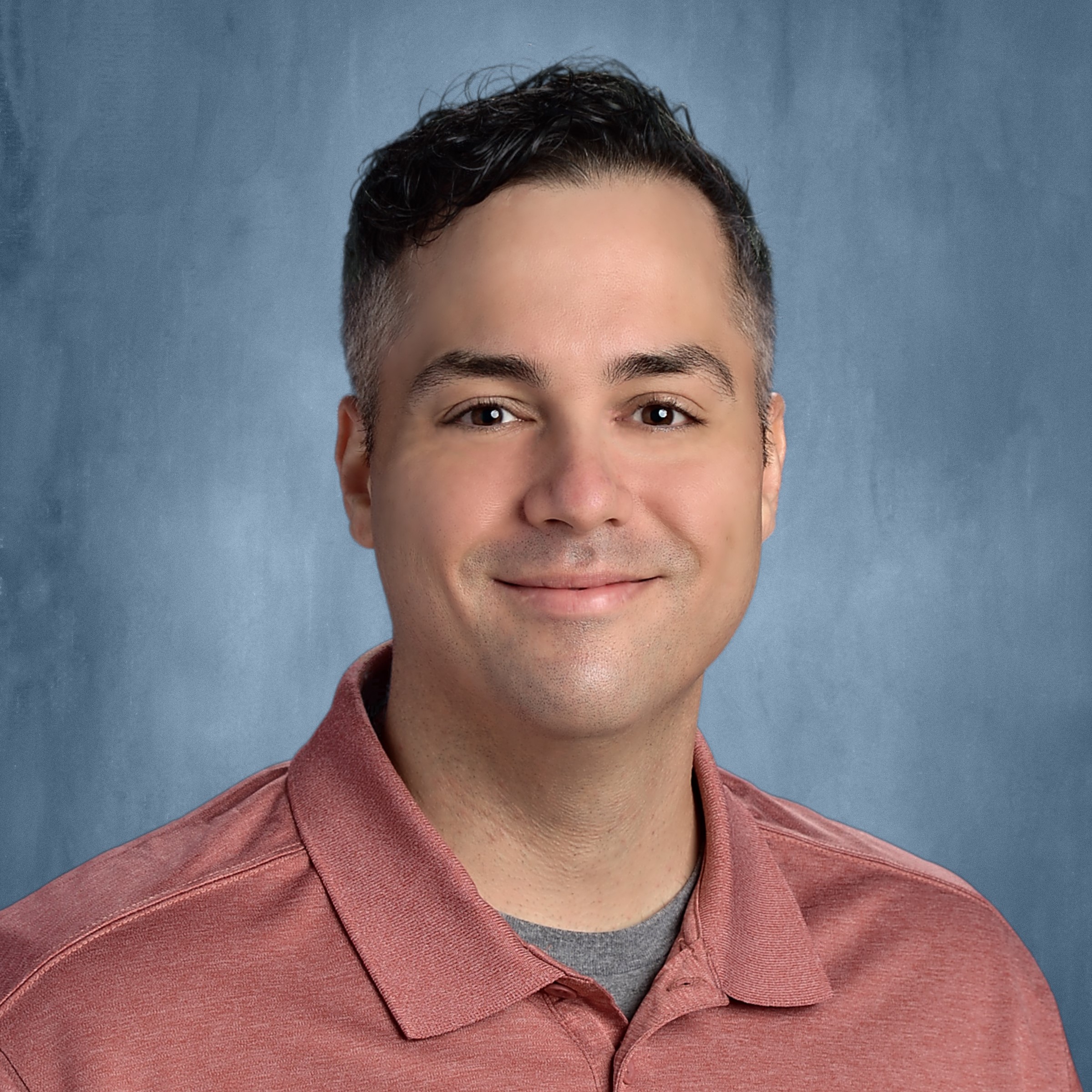
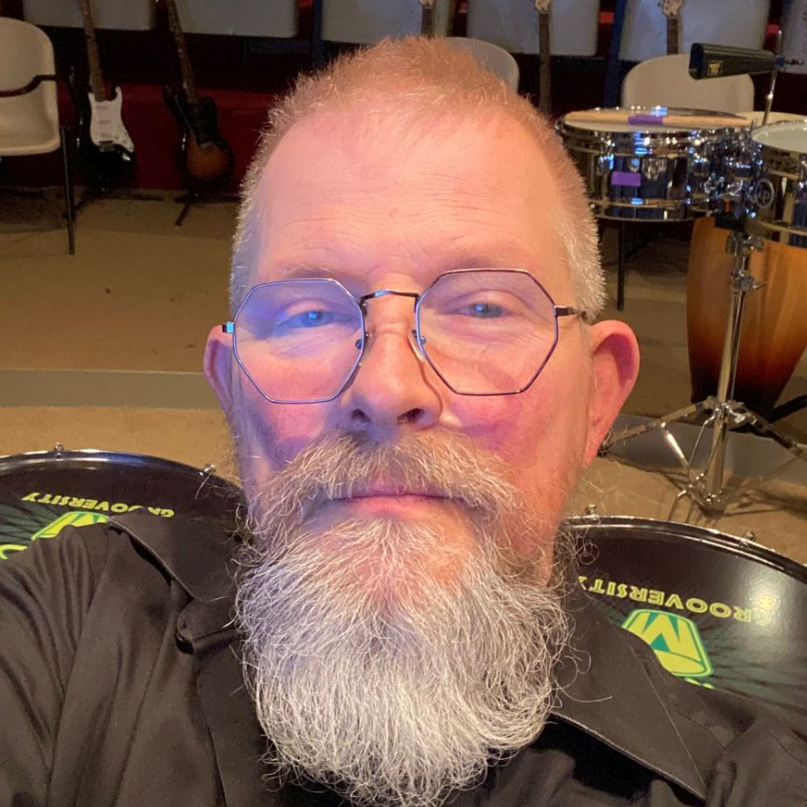
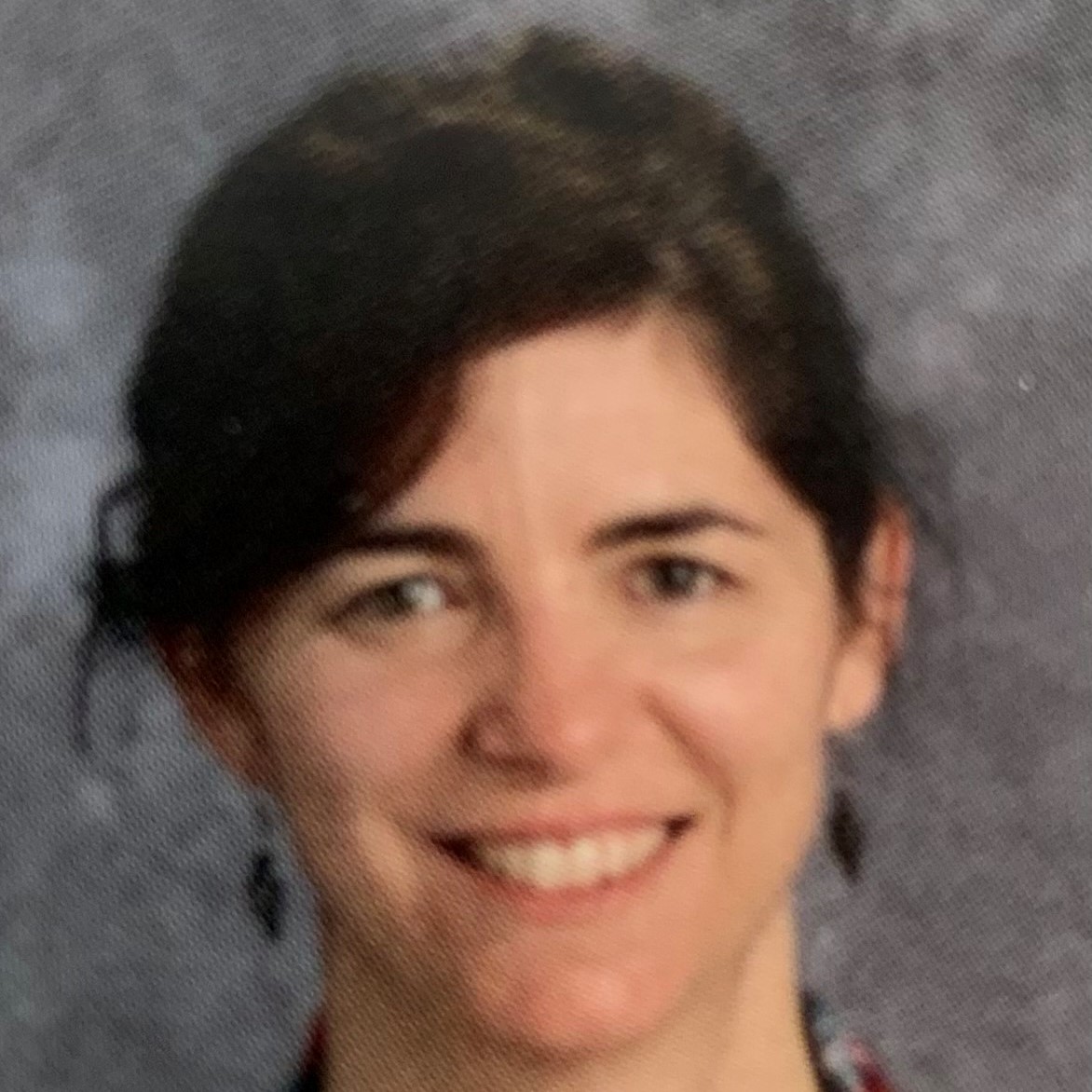
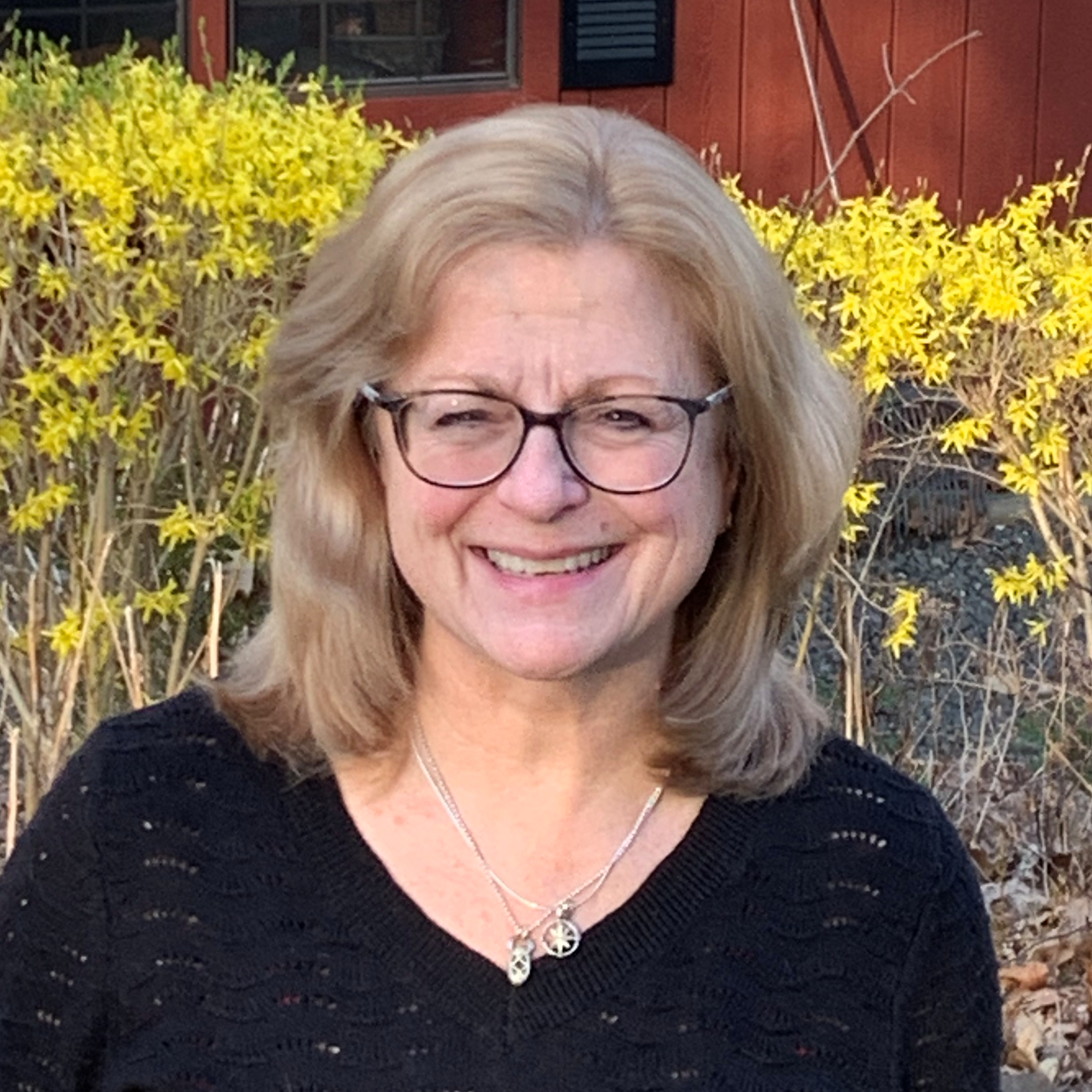
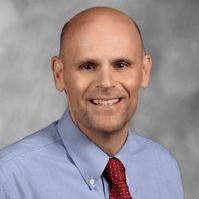
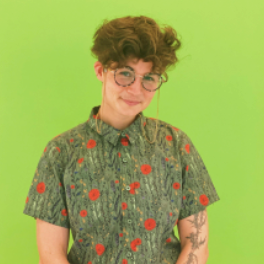
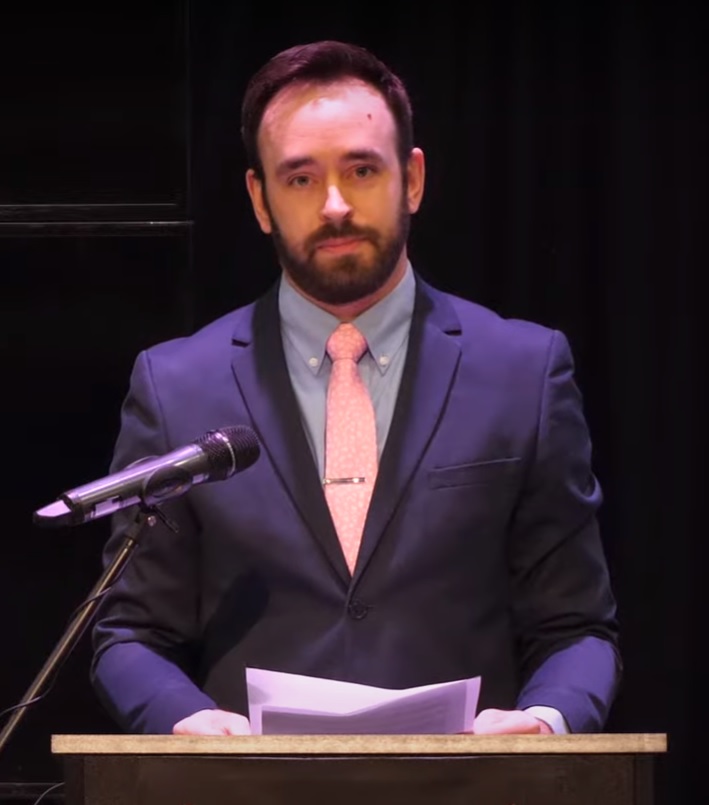
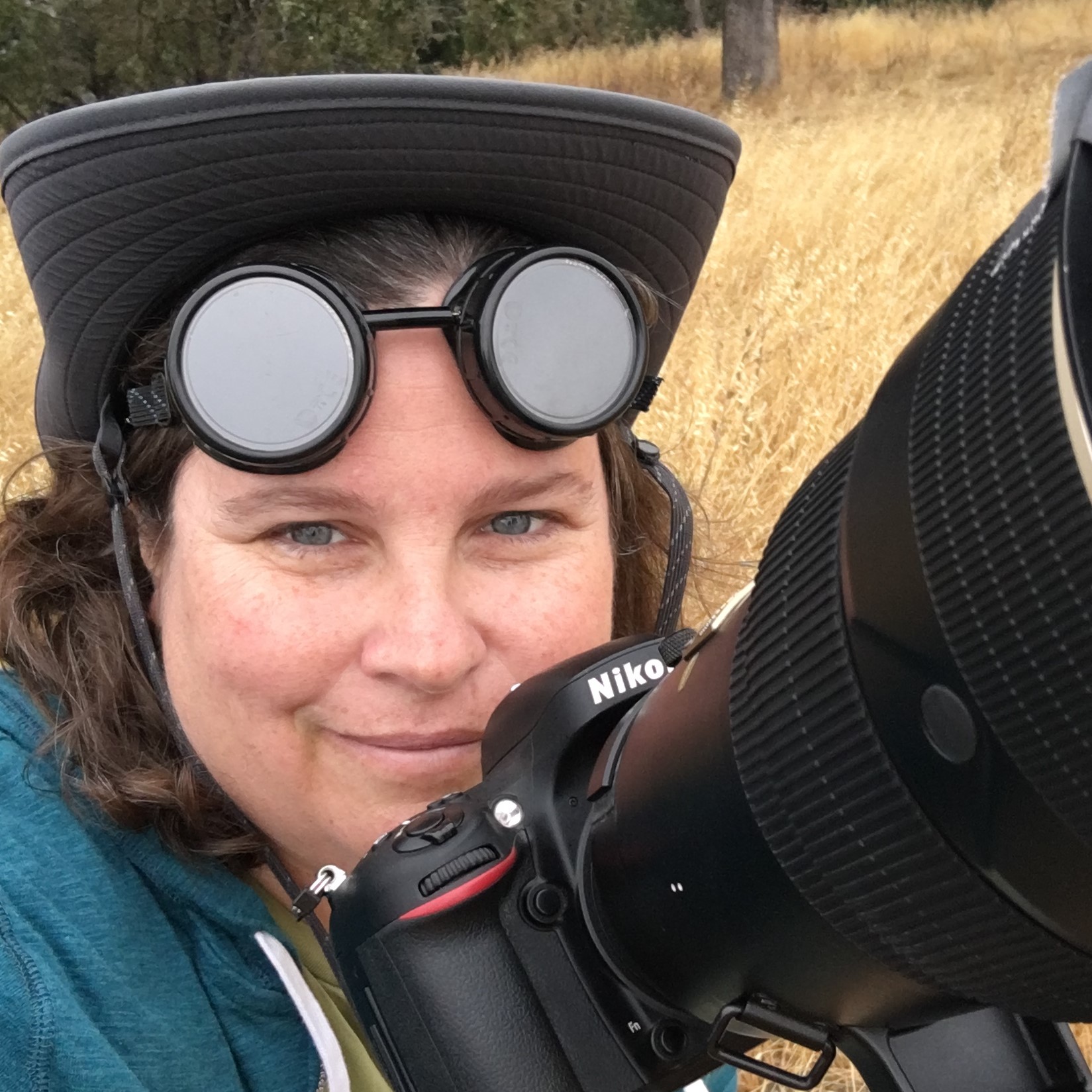
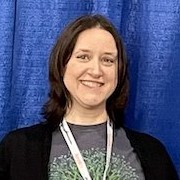
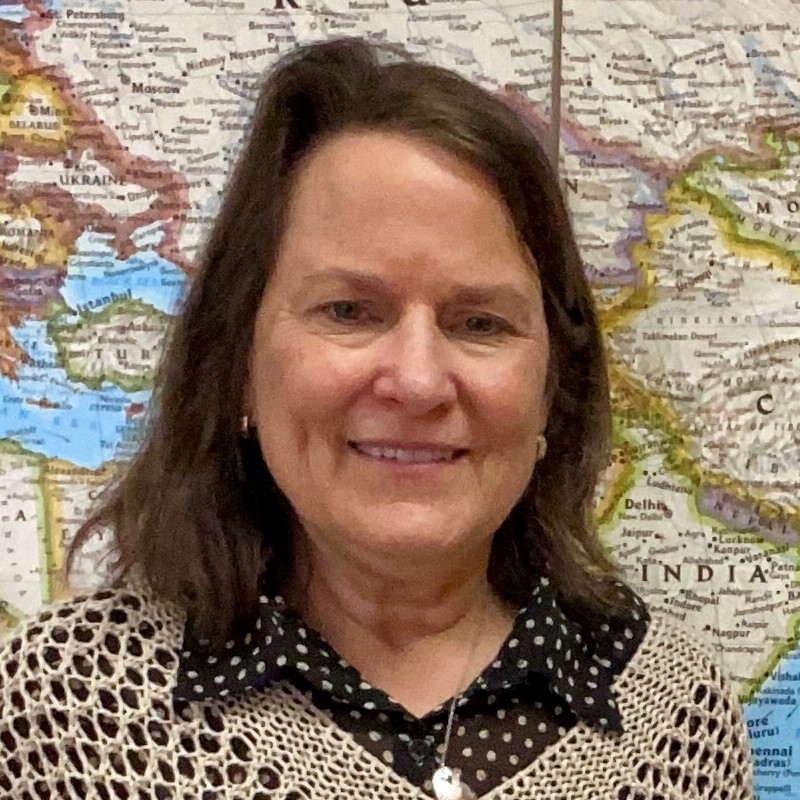
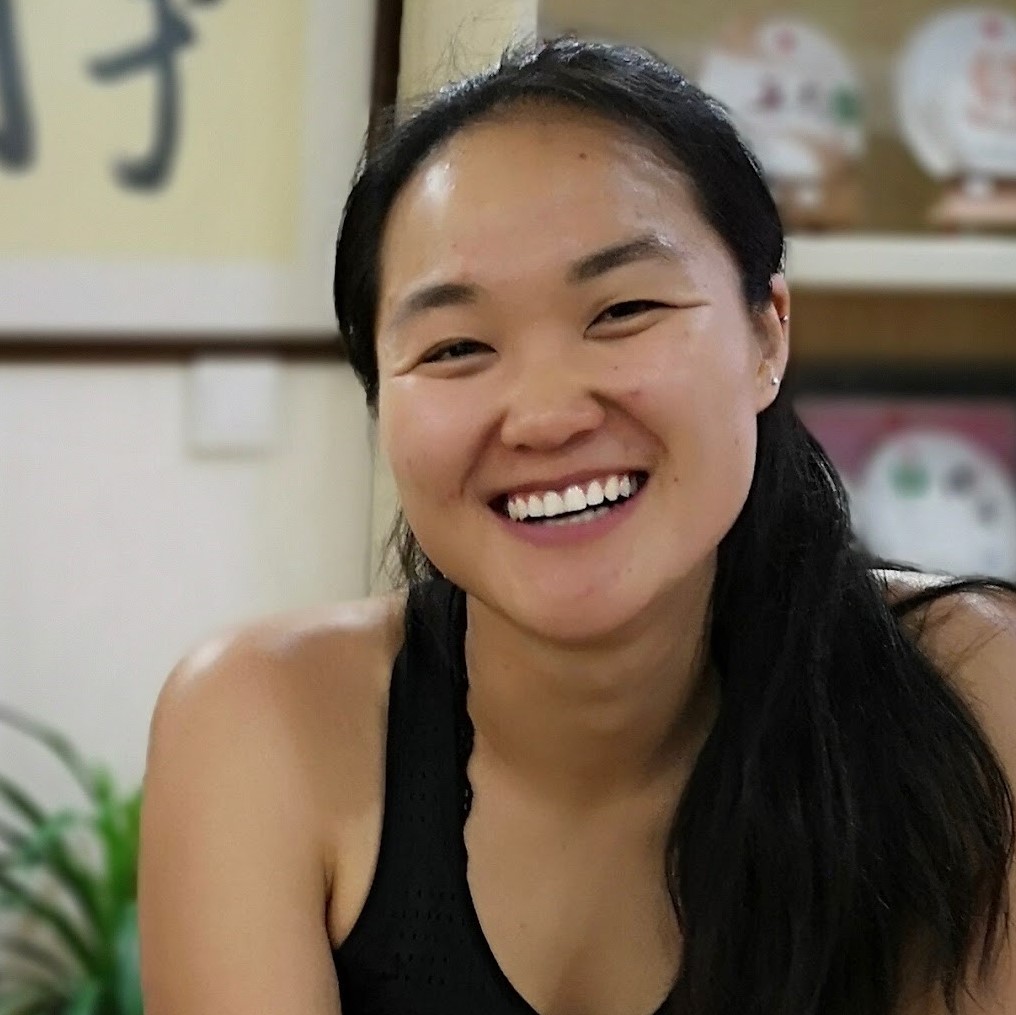
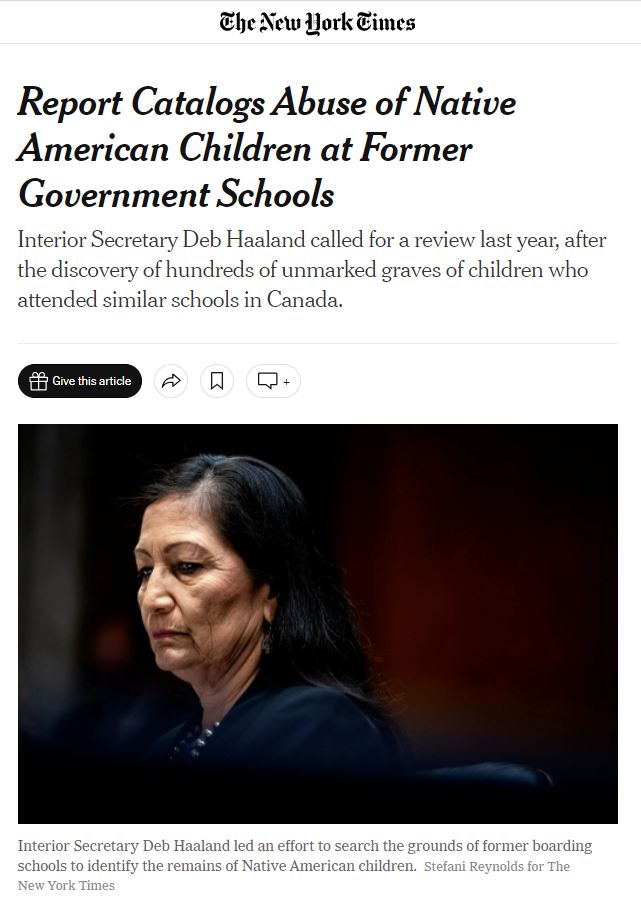
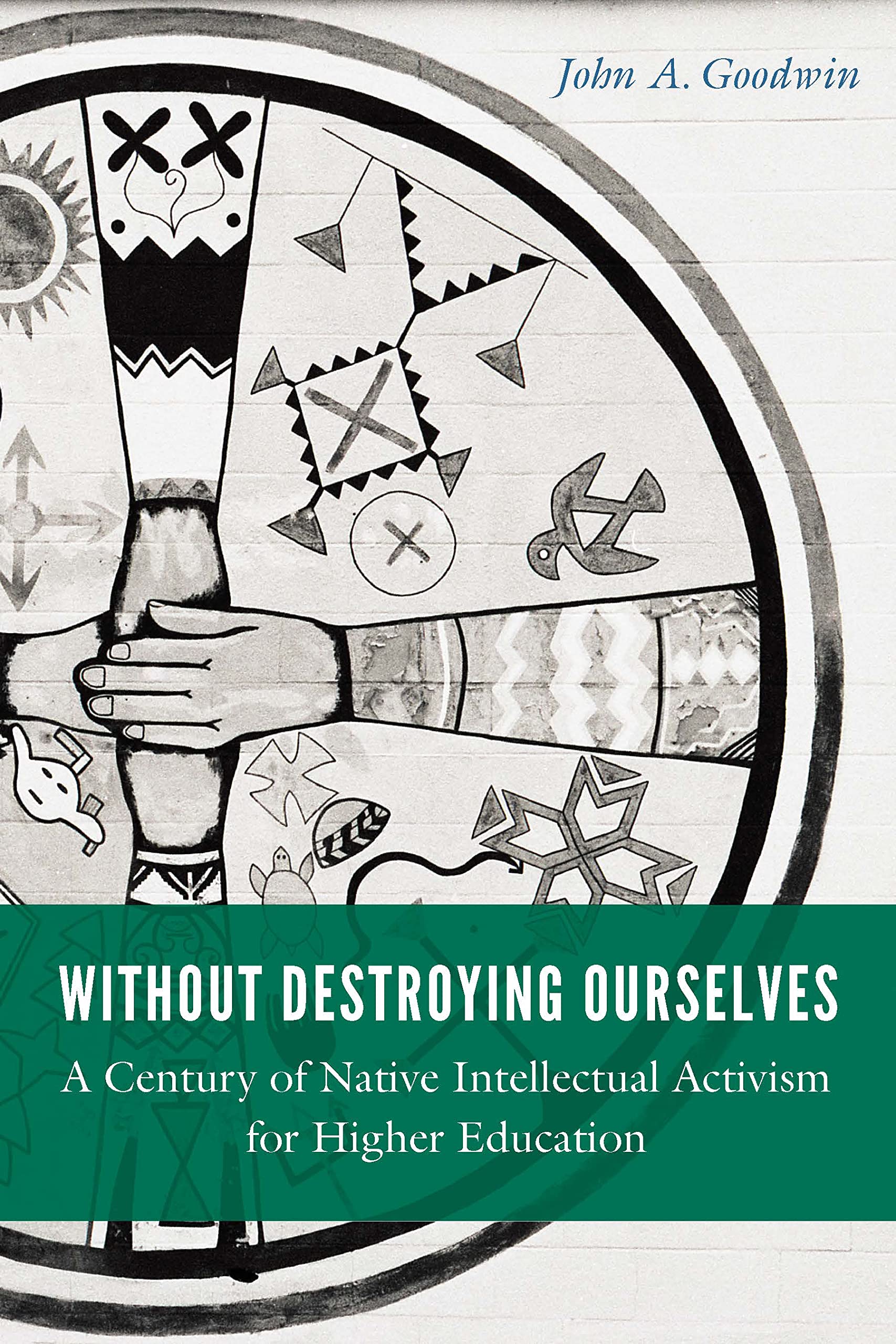
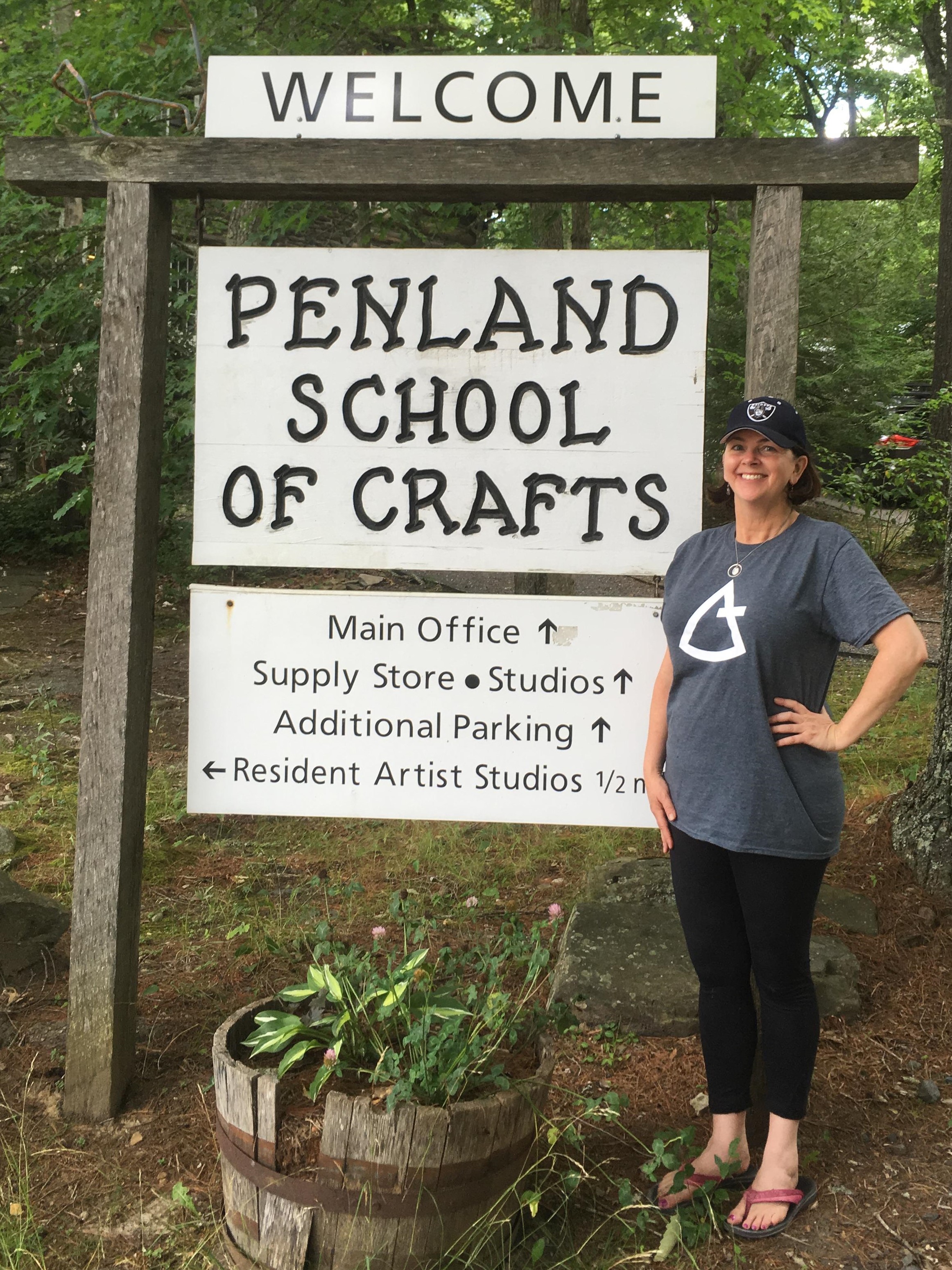
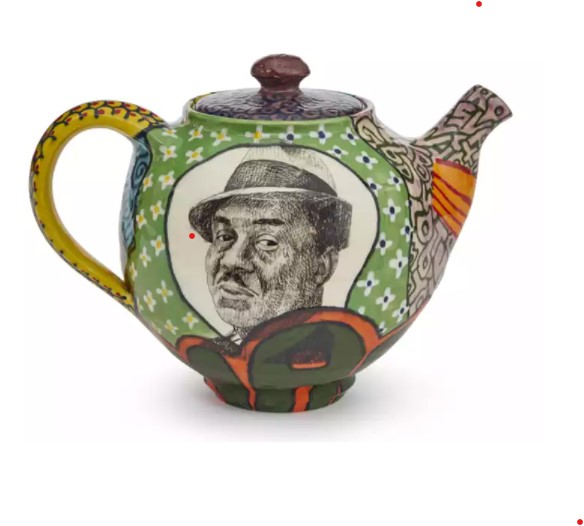
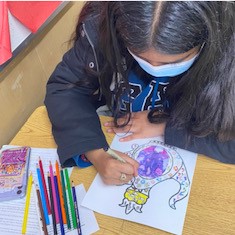
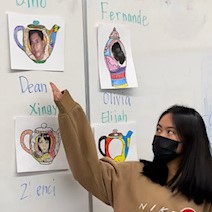
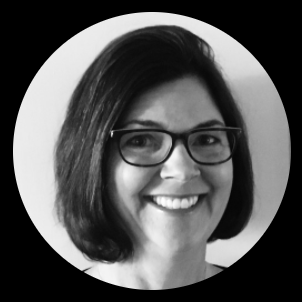
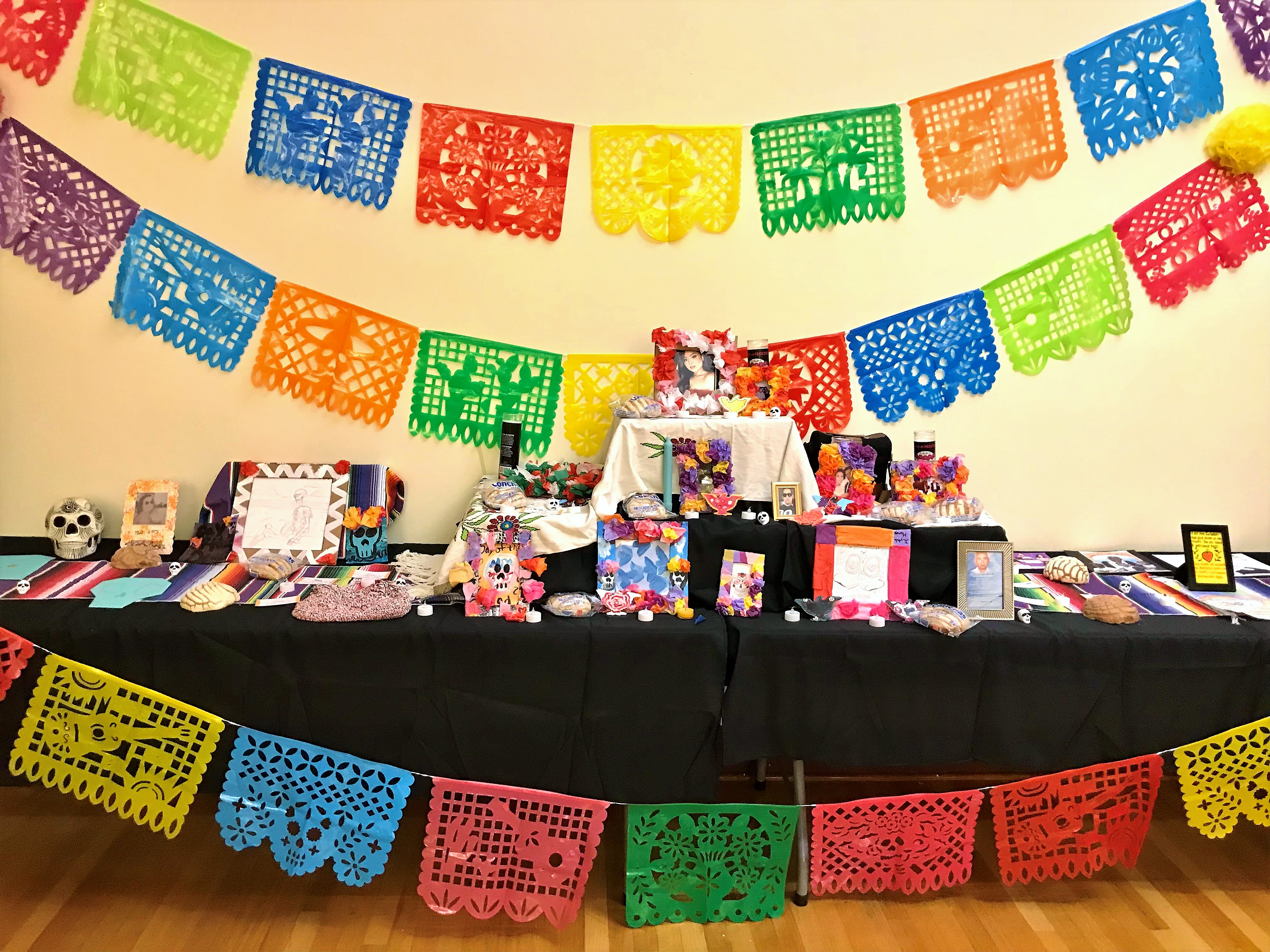
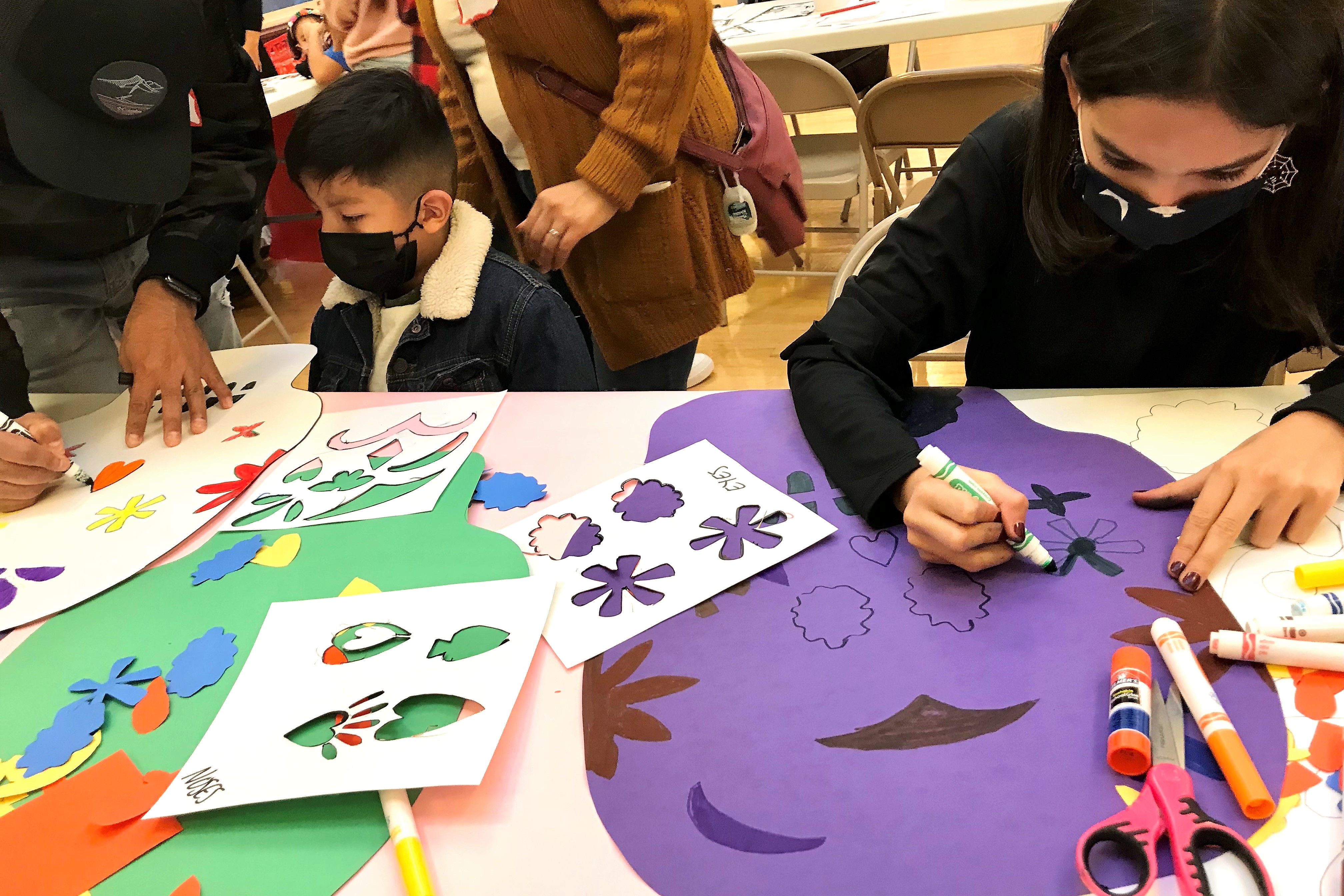
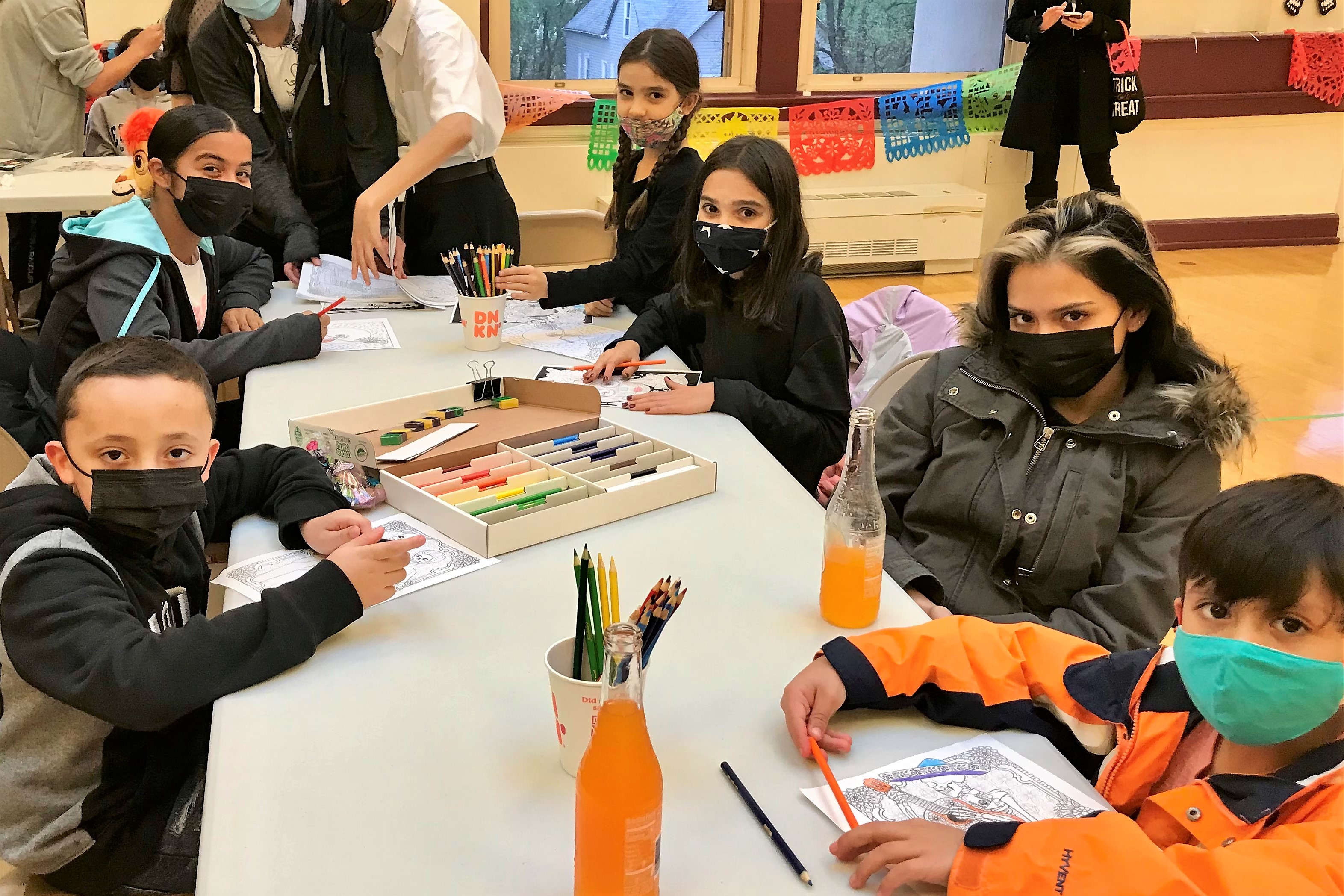
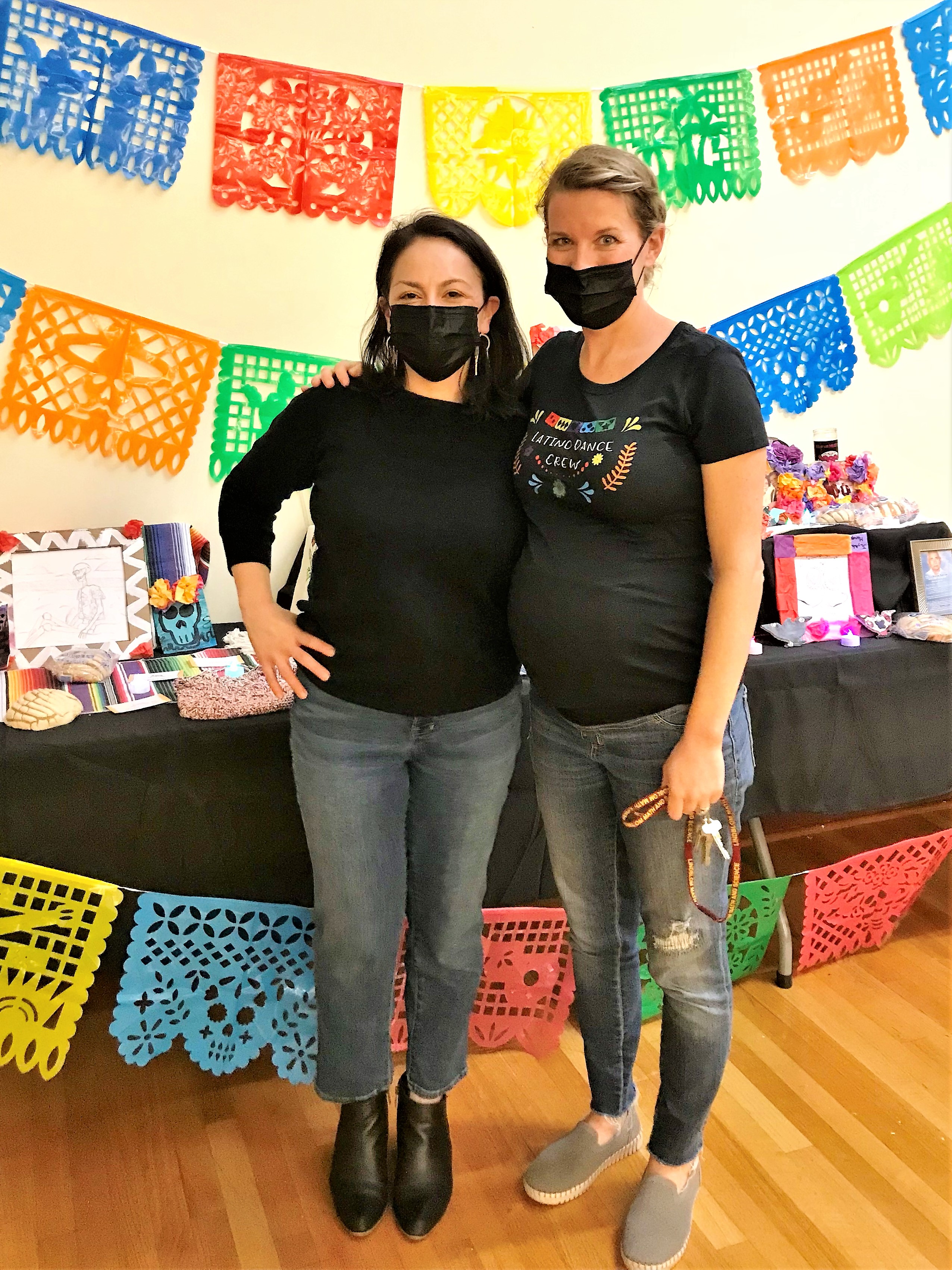

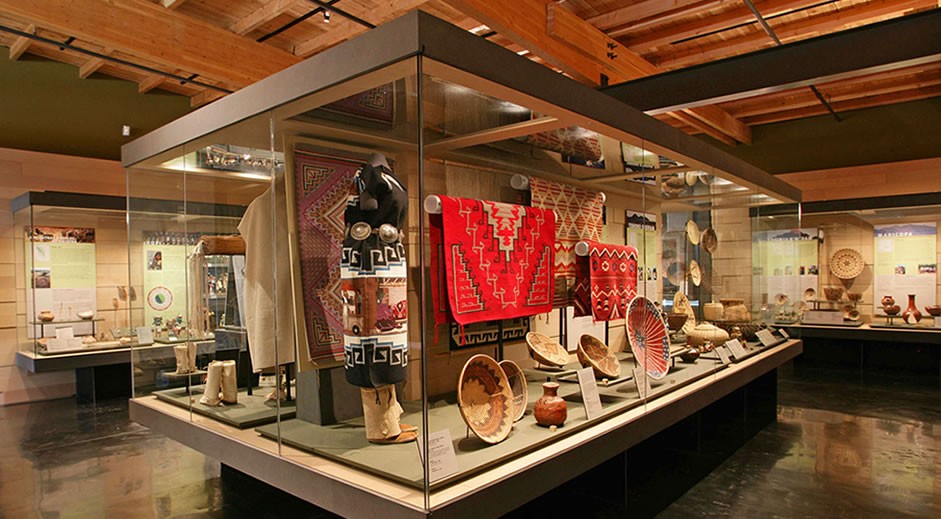
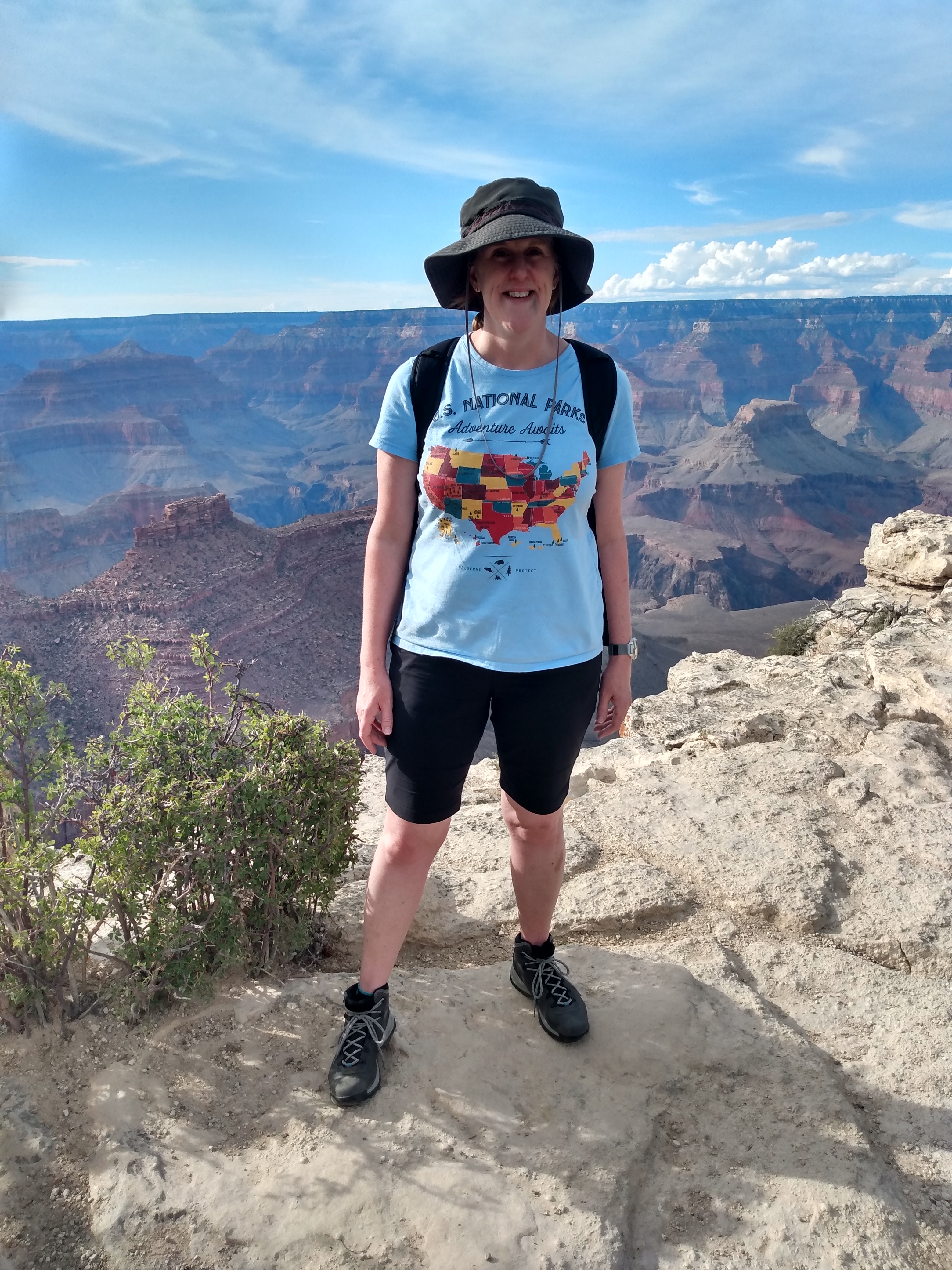

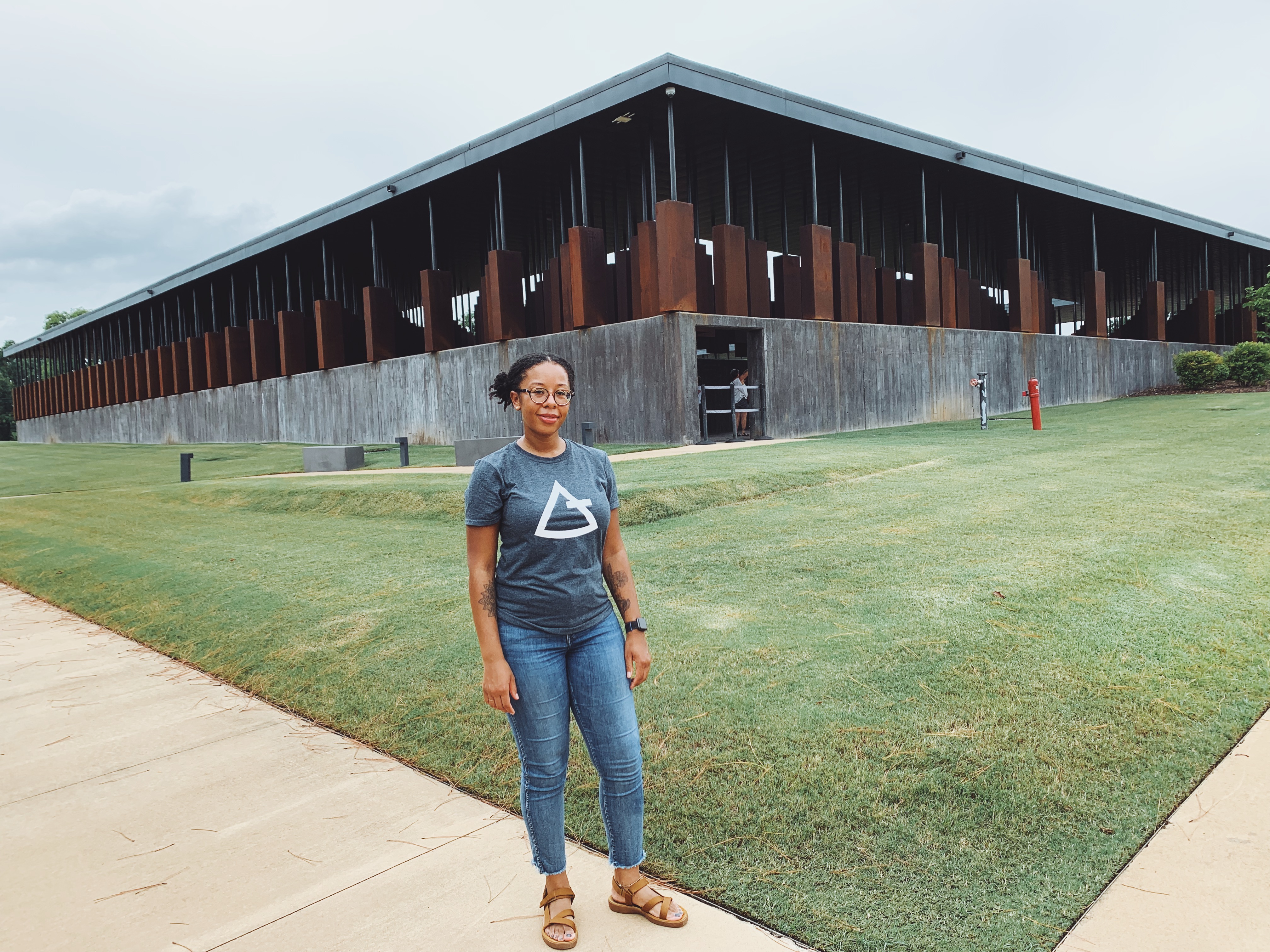
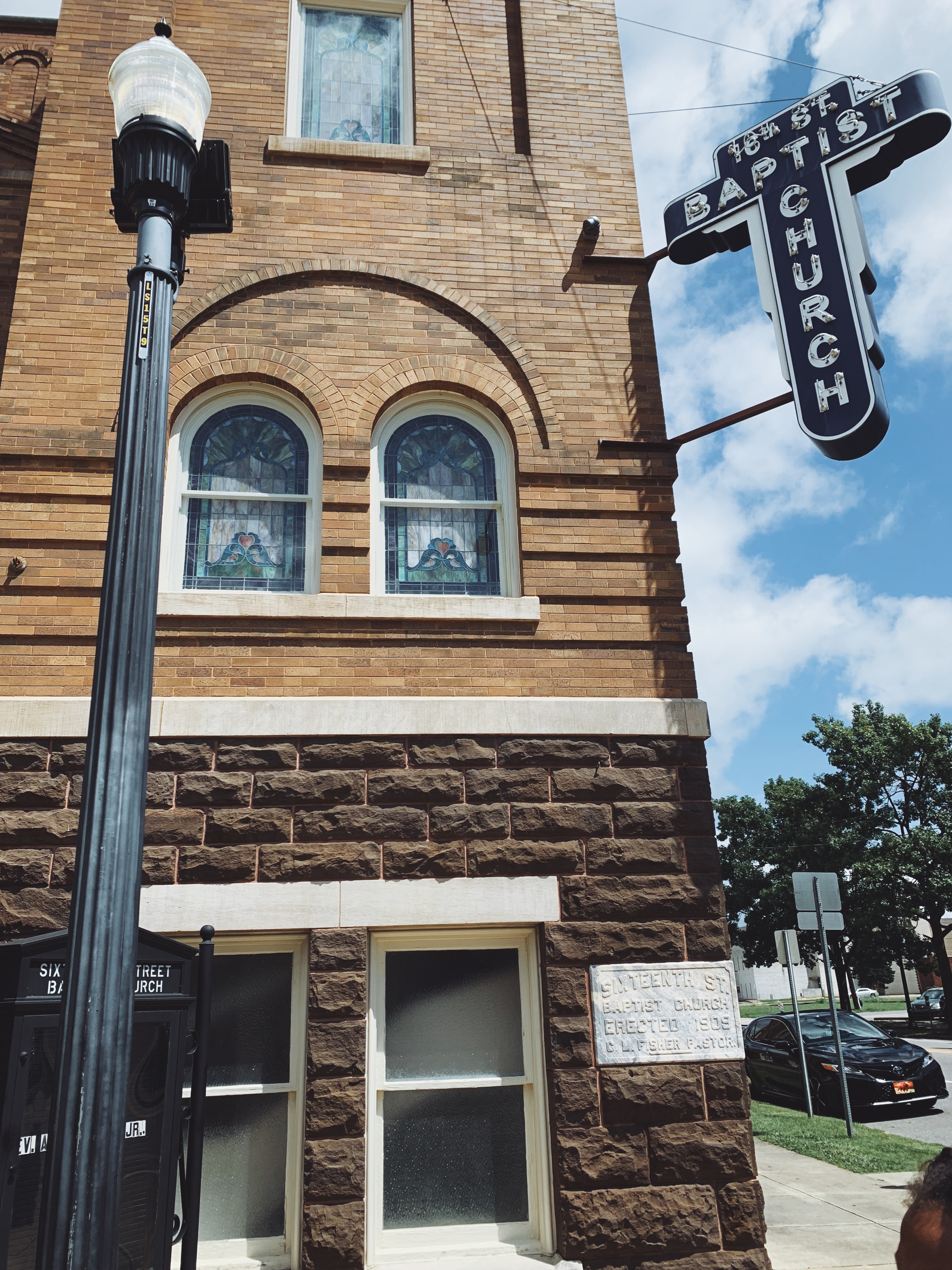
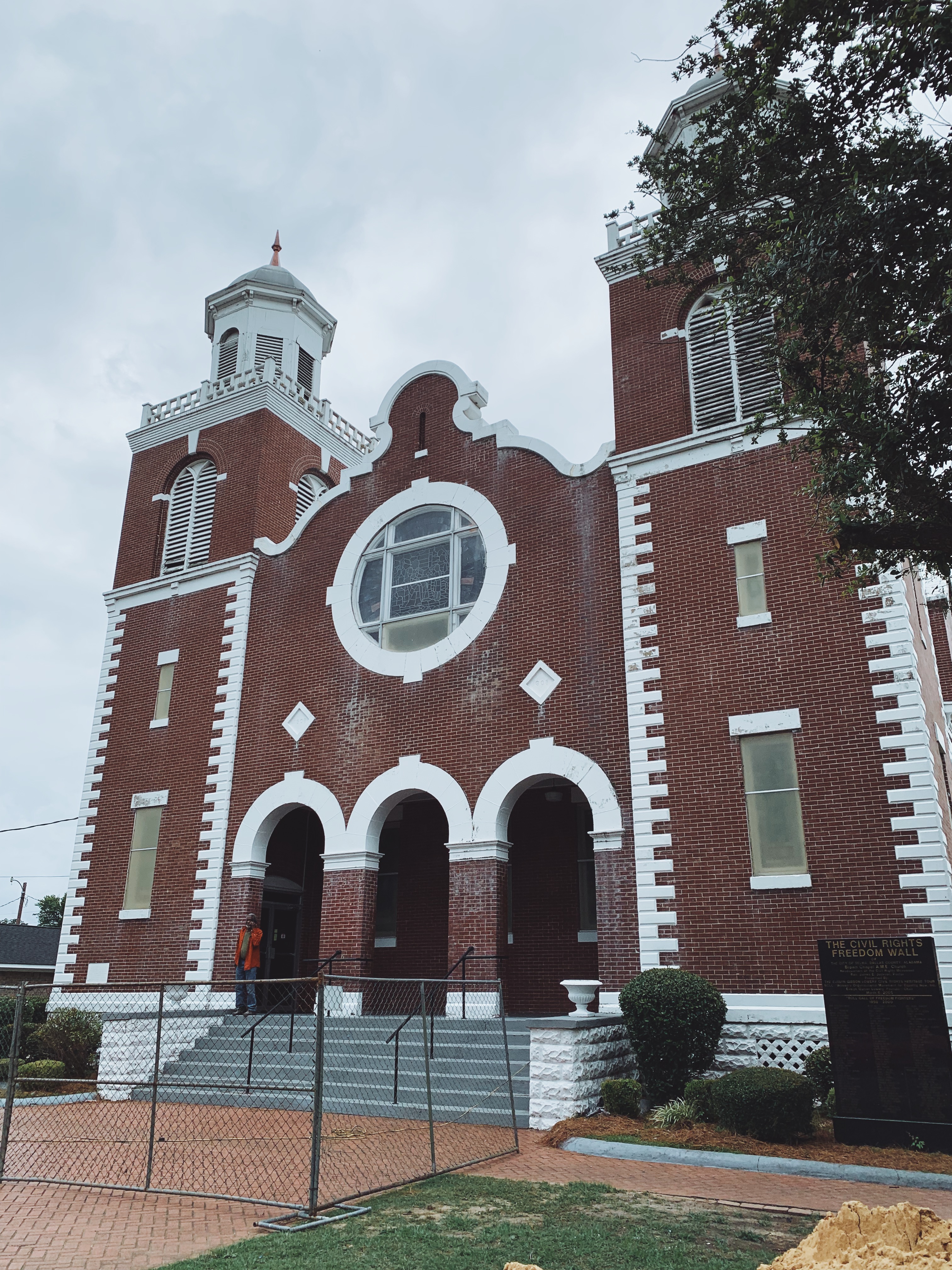
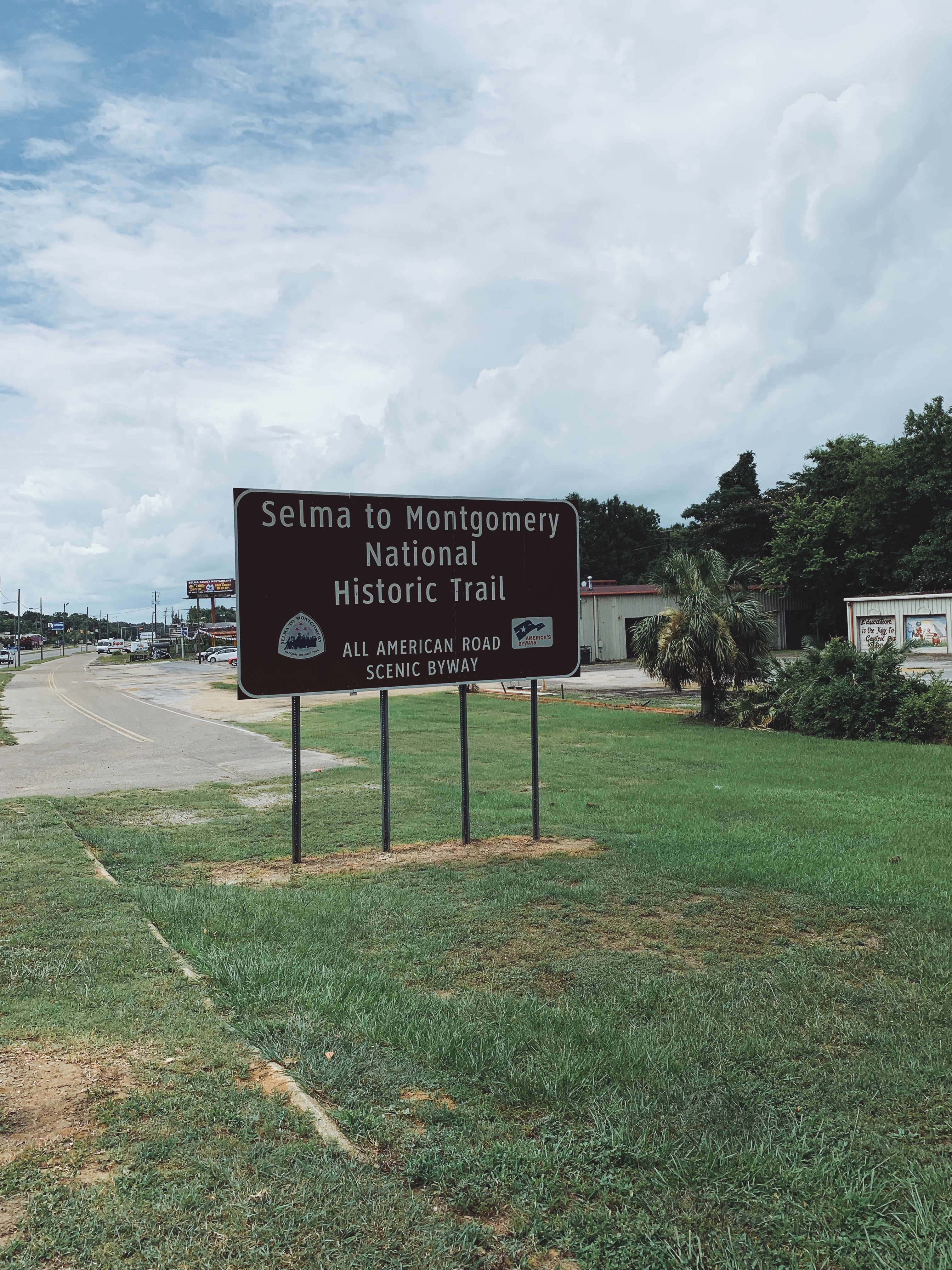
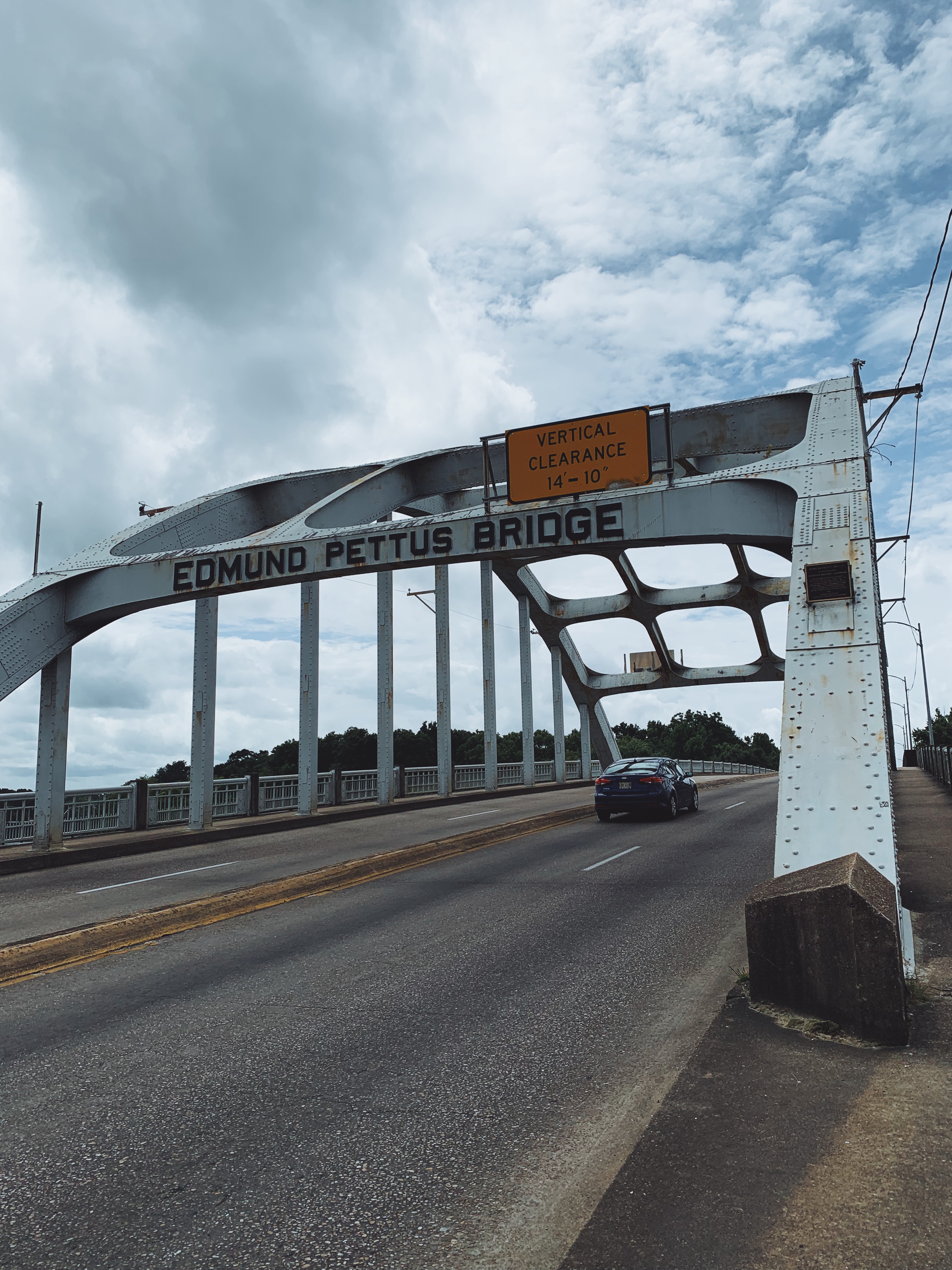
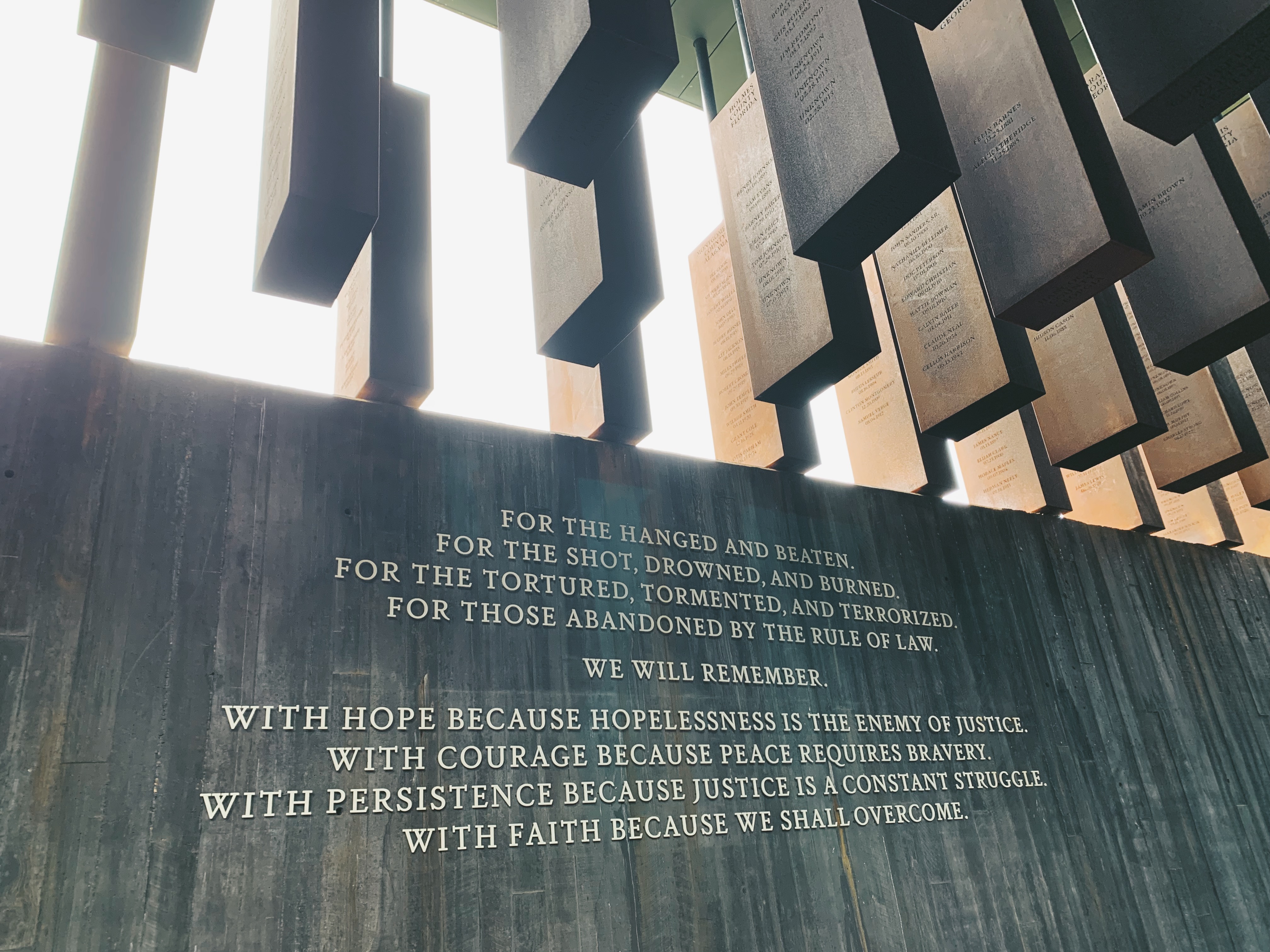
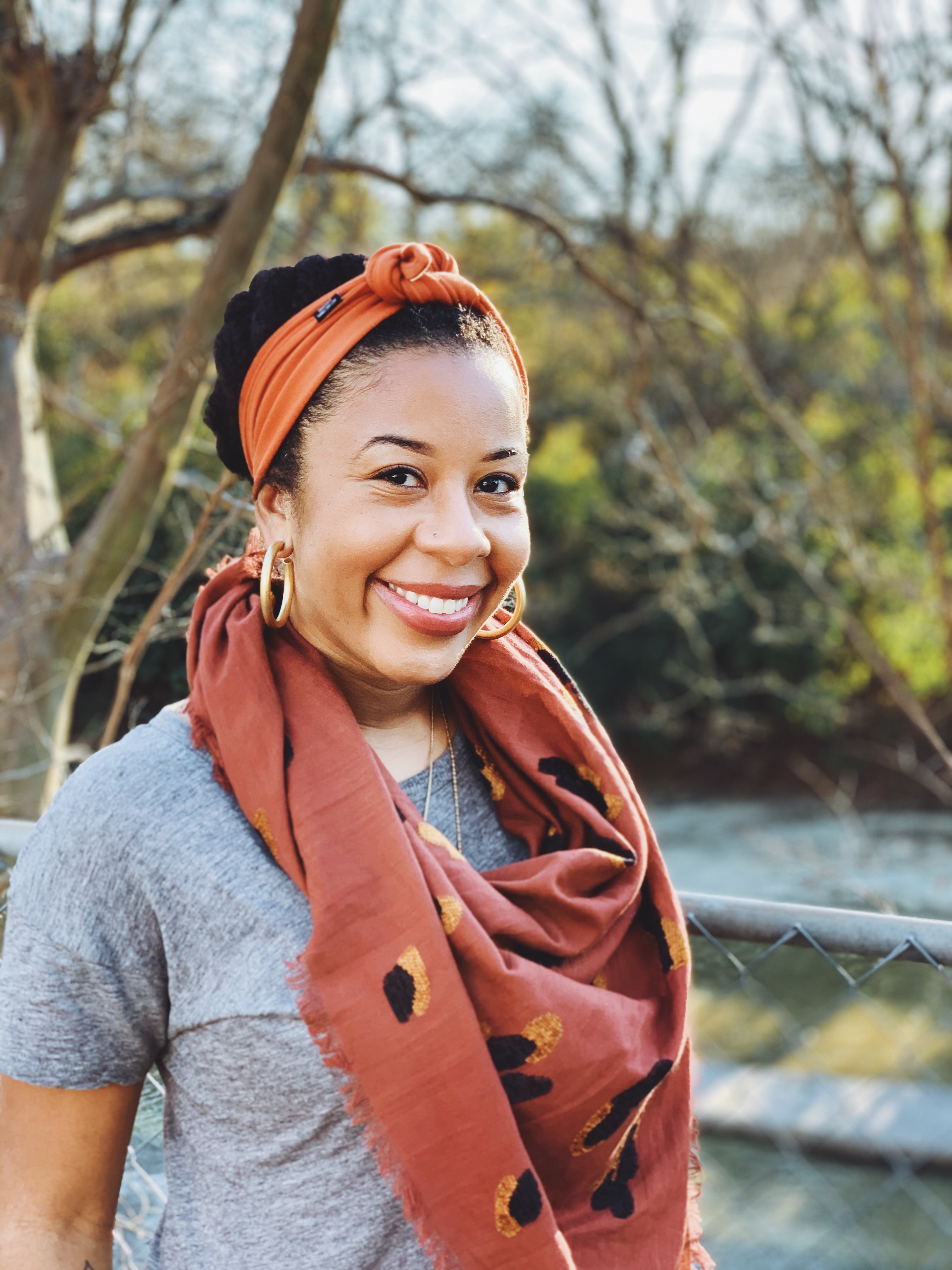 Amanda Hope is a K-5th grade Gifted/Talented Program teacher at Nancy Moseley Elementary in Dallas, Texas. Amanda has served as a classroom teacher for nearly 10 years. She most recently received the 2020-2021 Campus Teacher of the Year award at her school. In addition to teaching, Amanda is a senior policy fellow with
Amanda Hope is a K-5th grade Gifted/Talented Program teacher at Nancy Moseley Elementary in Dallas, Texas. Amanda has served as a classroom teacher for nearly 10 years. She most recently received the 2020-2021 Campus Teacher of the Year award at her school. In addition to teaching, Amanda is a senior policy fellow with 

